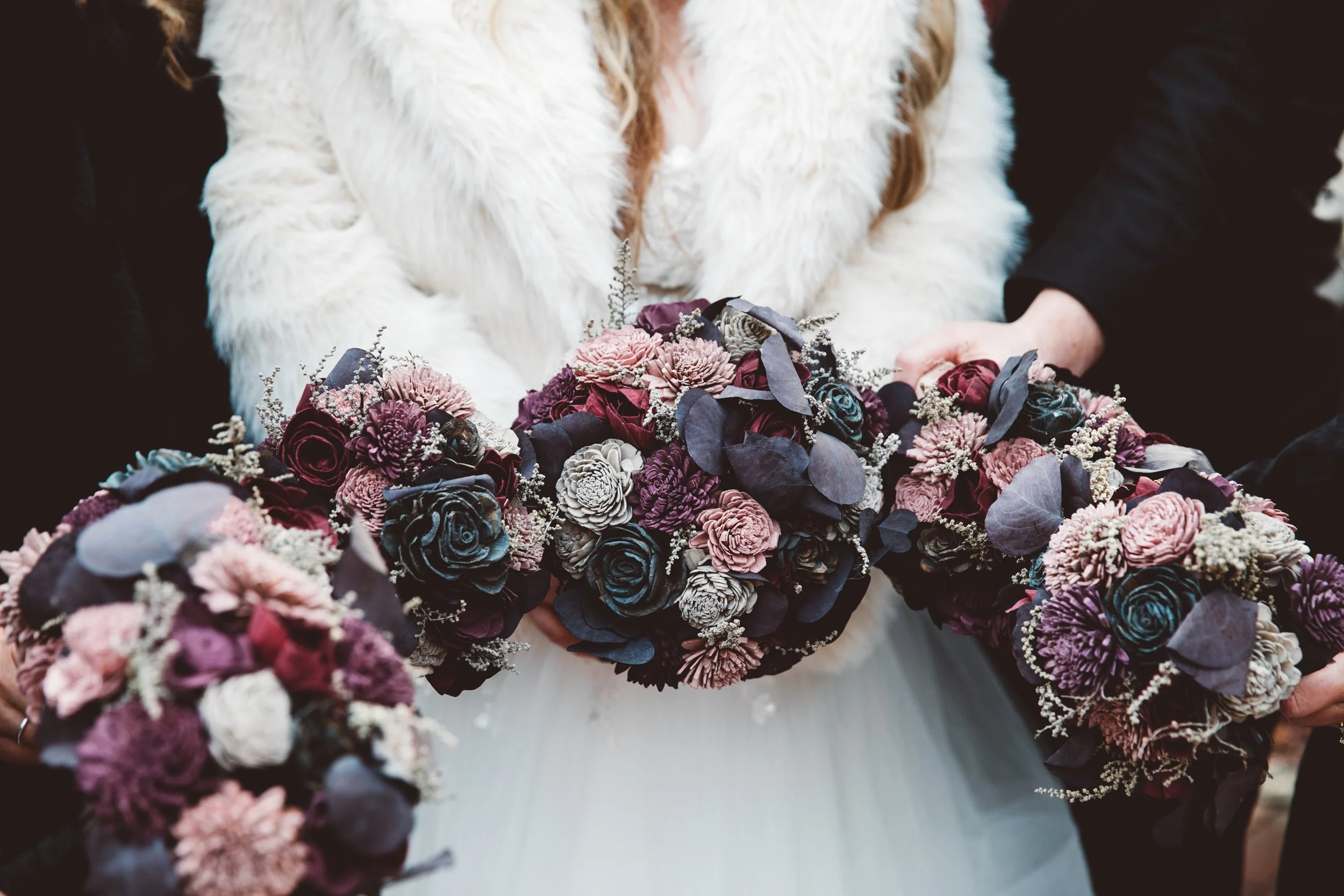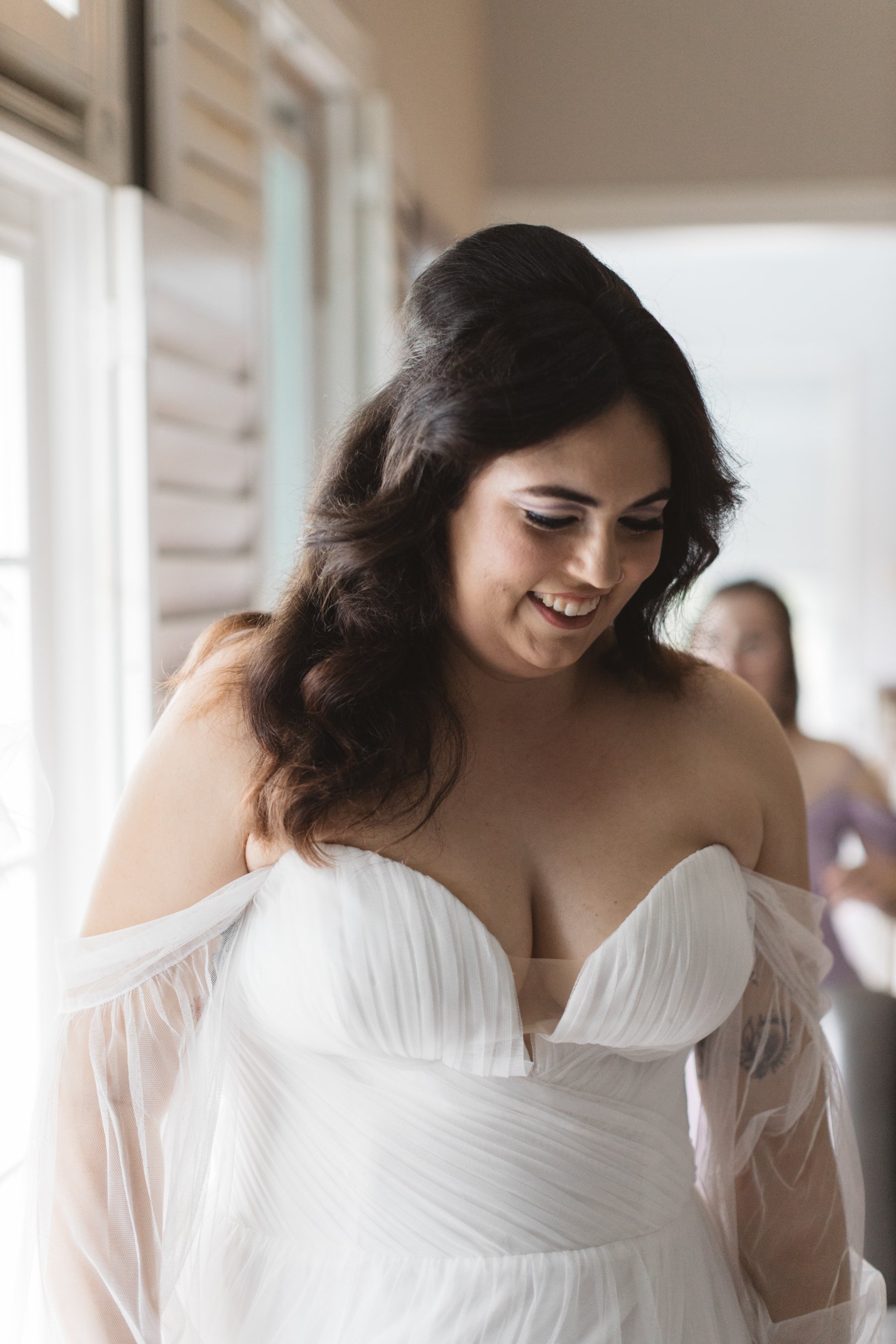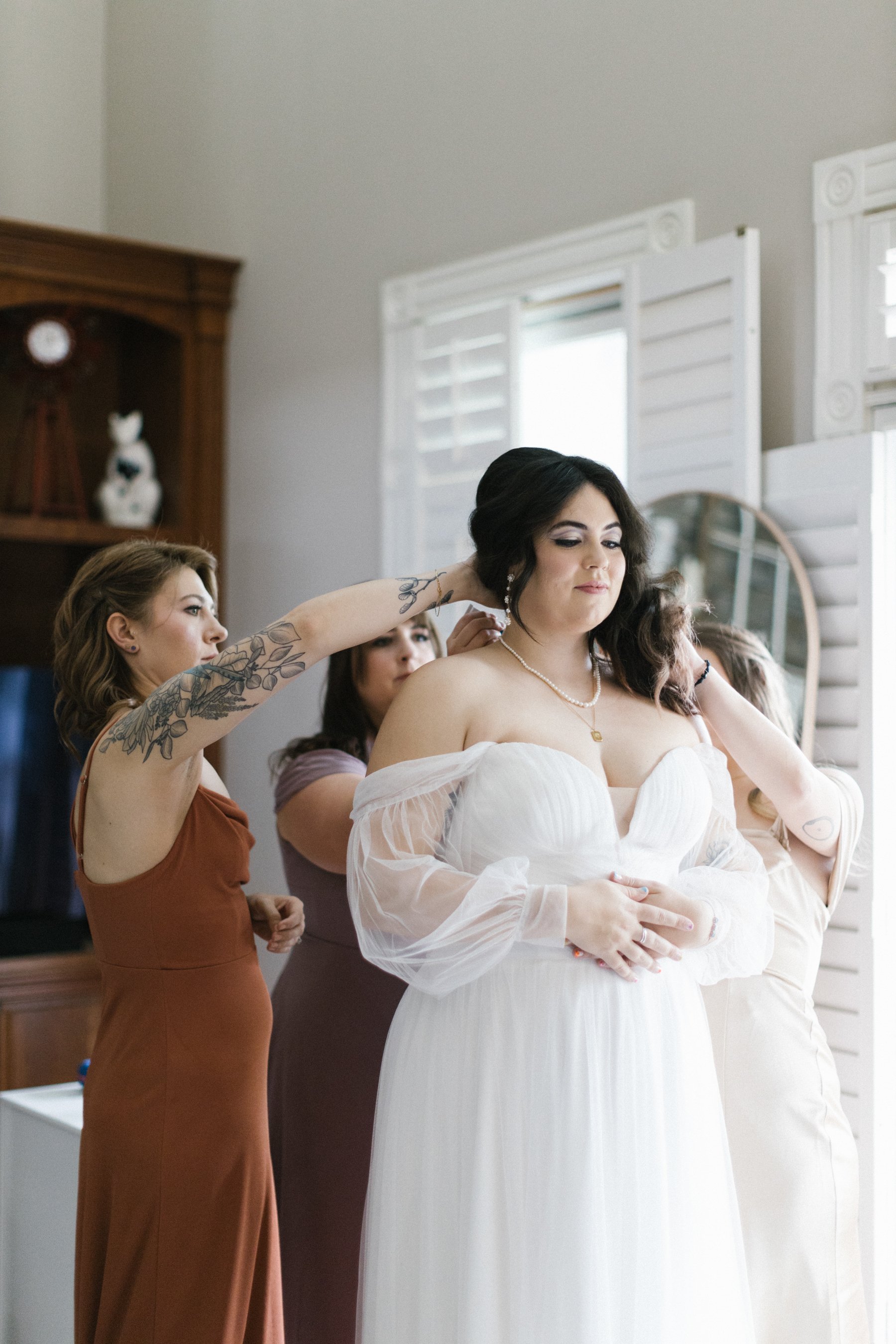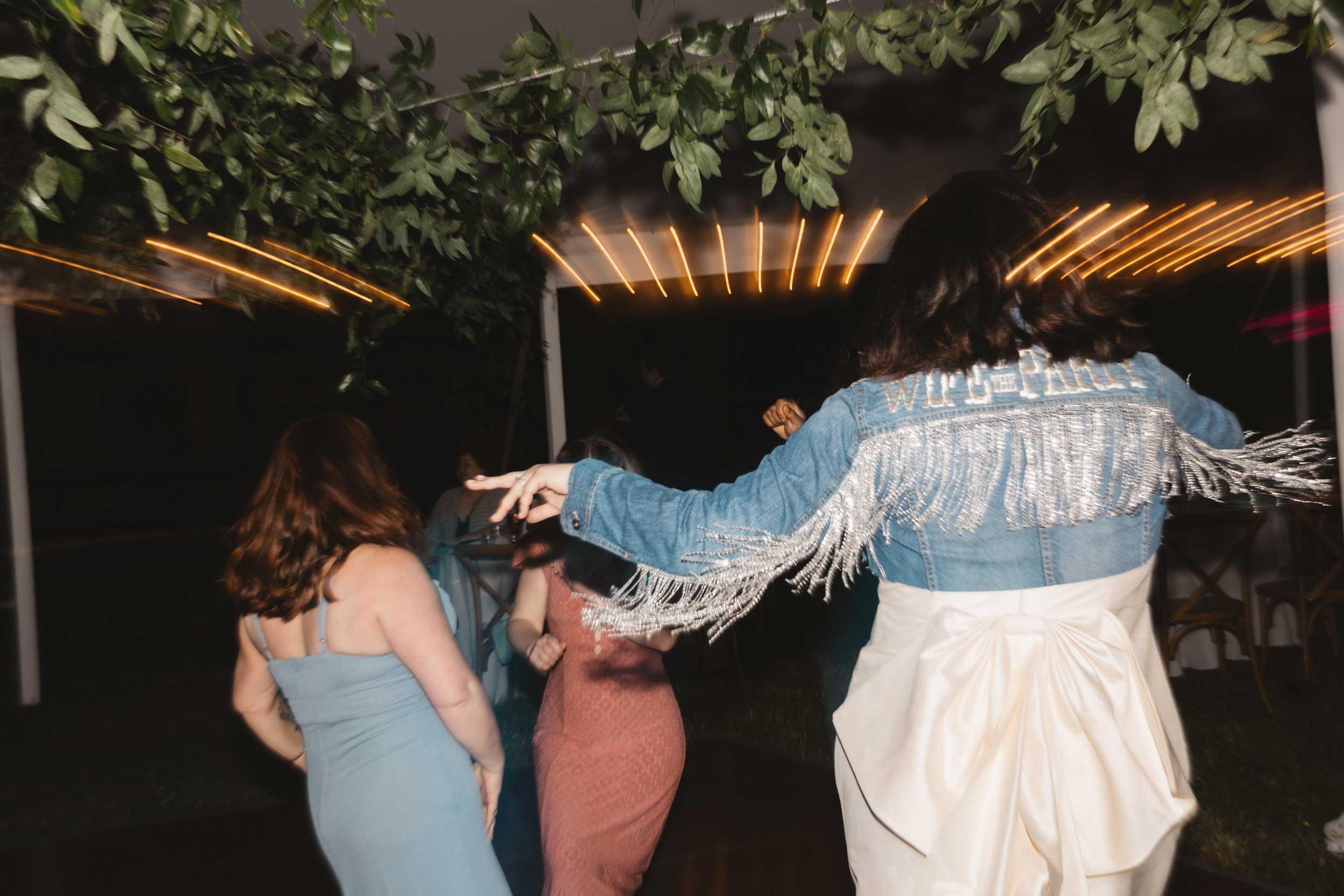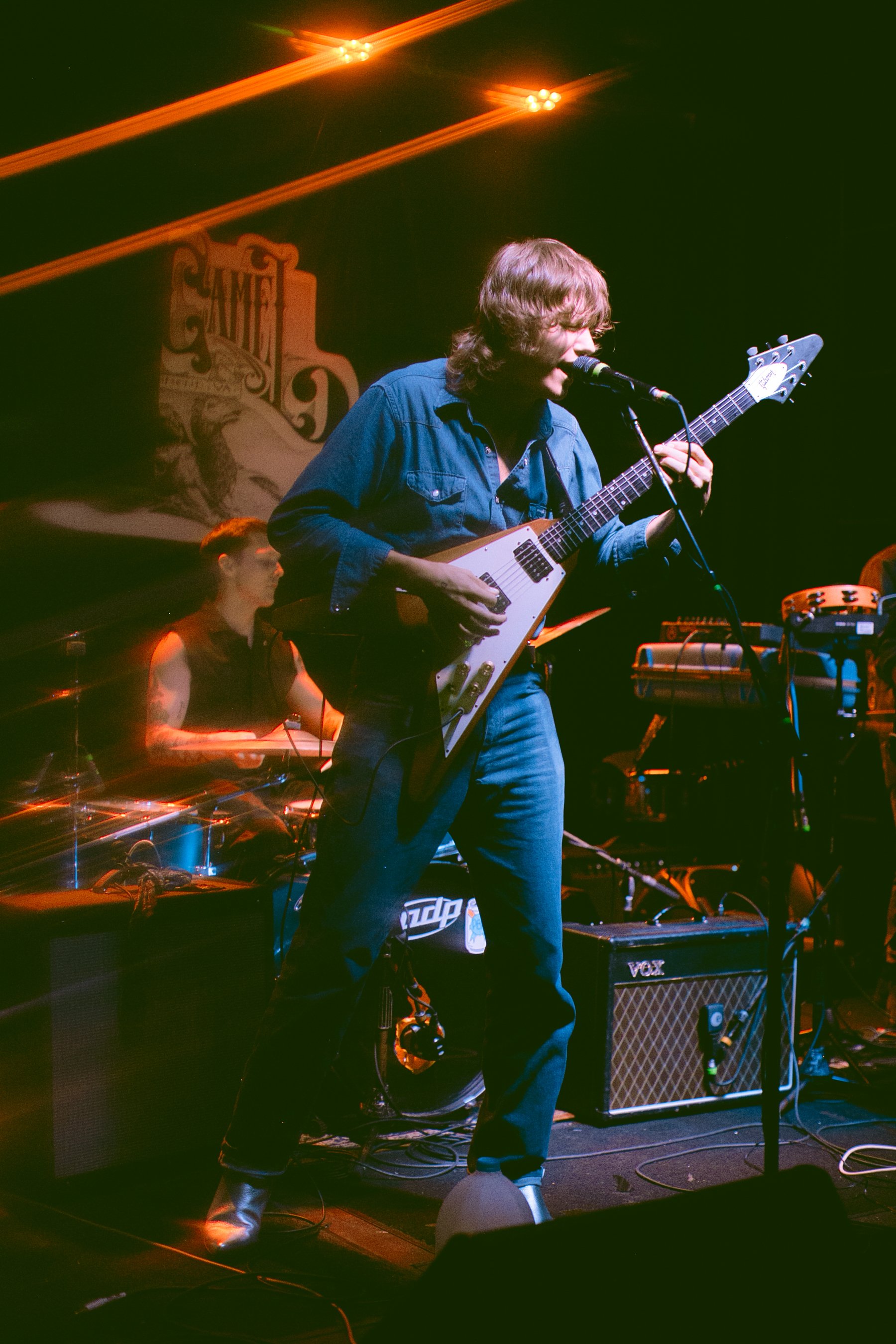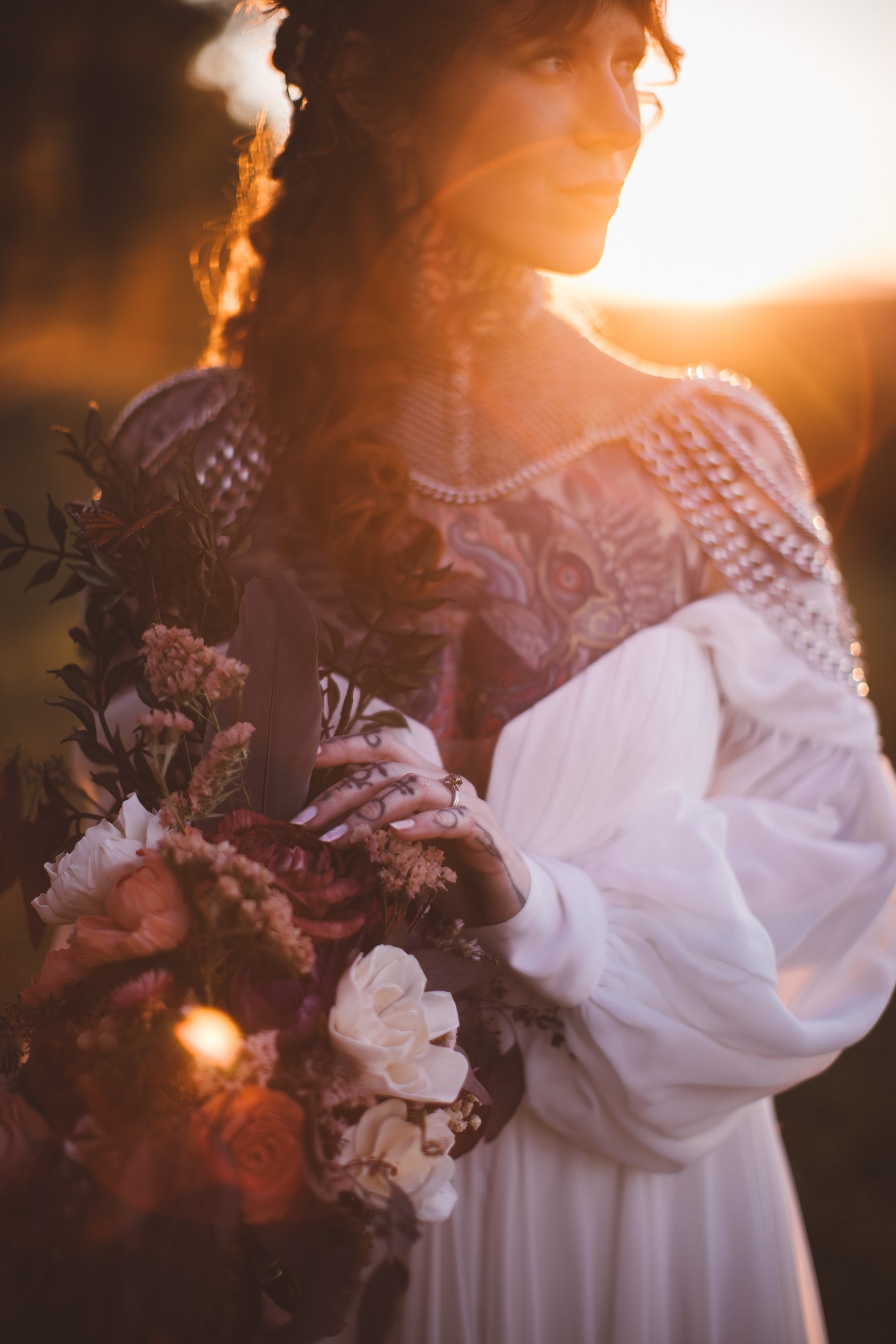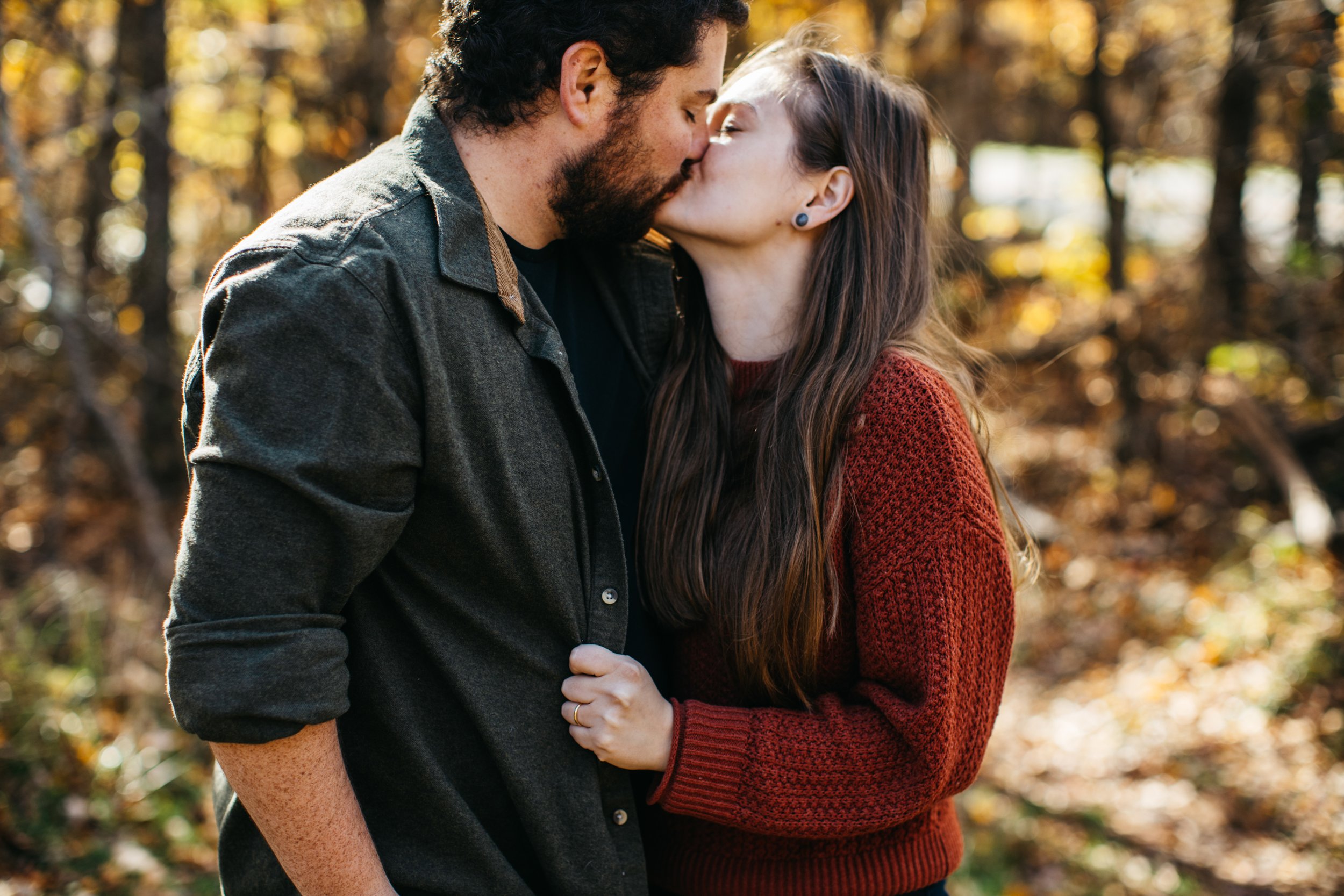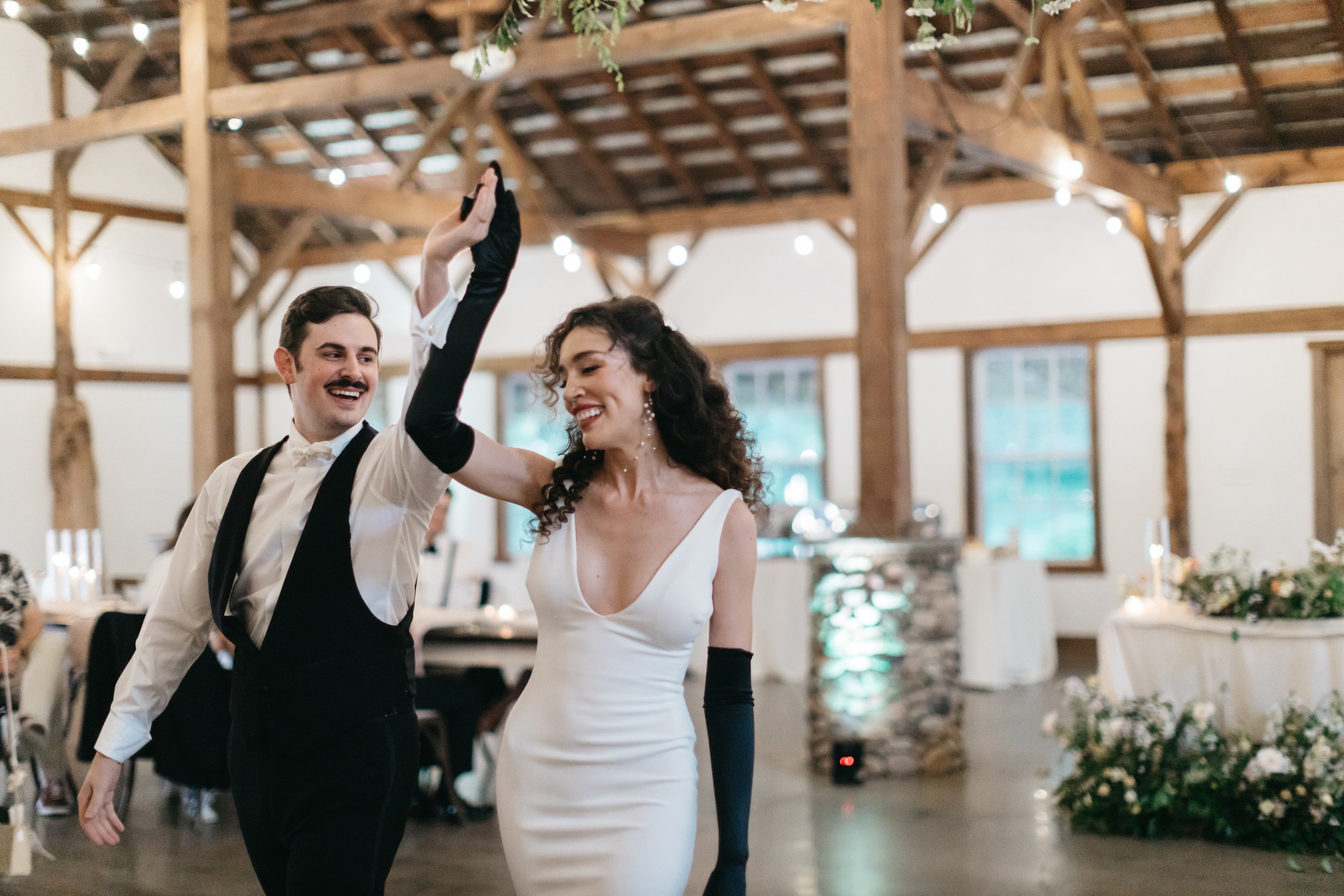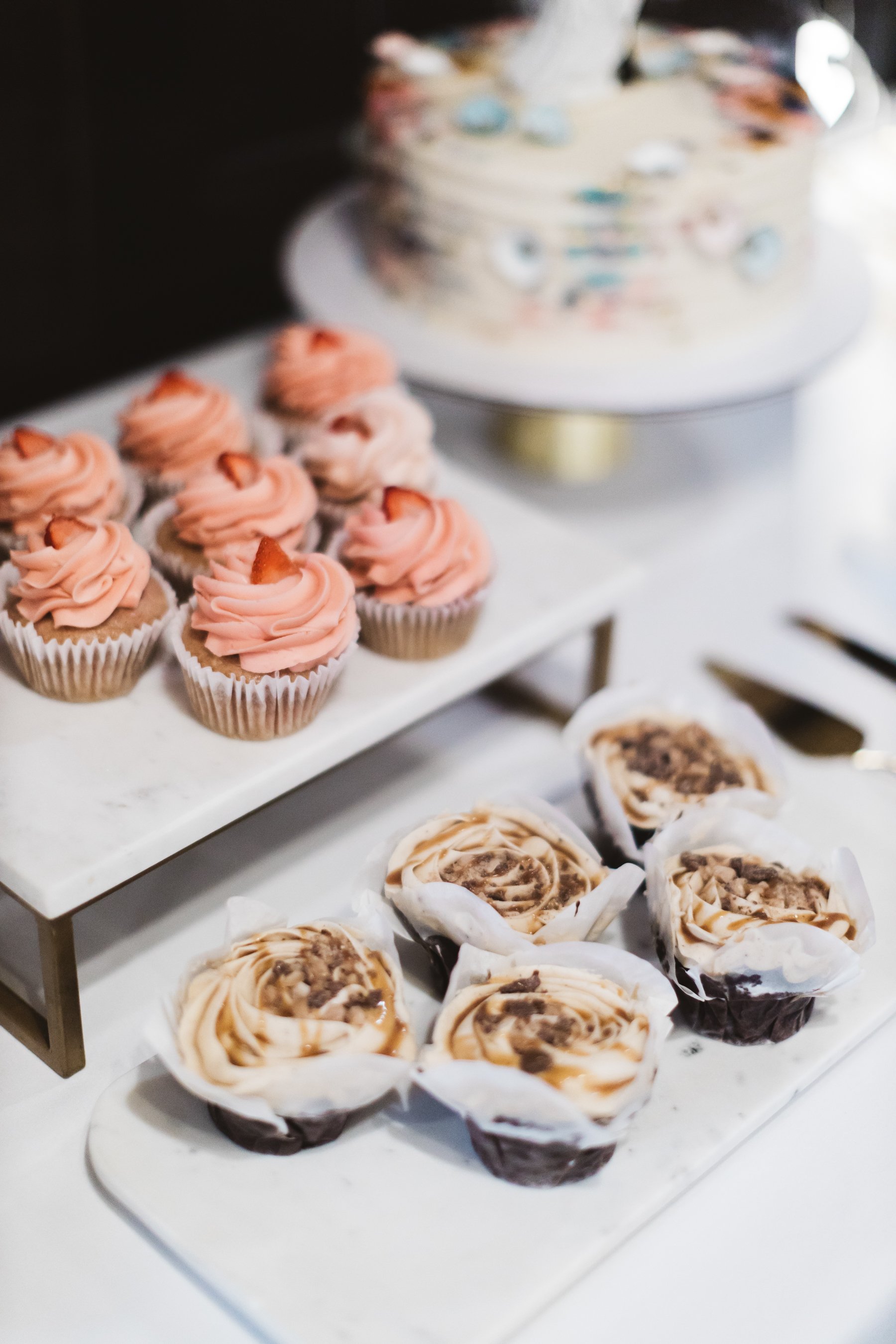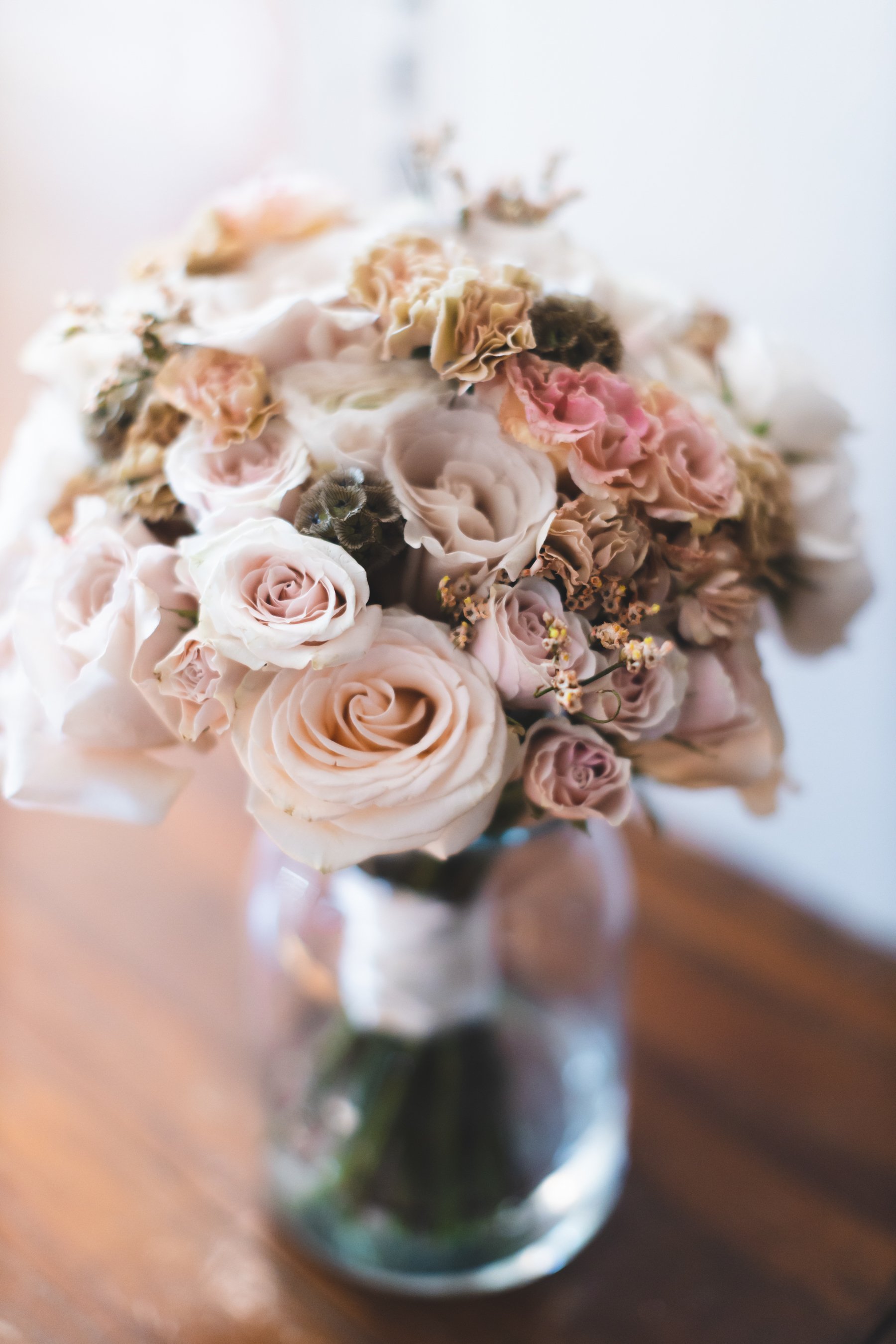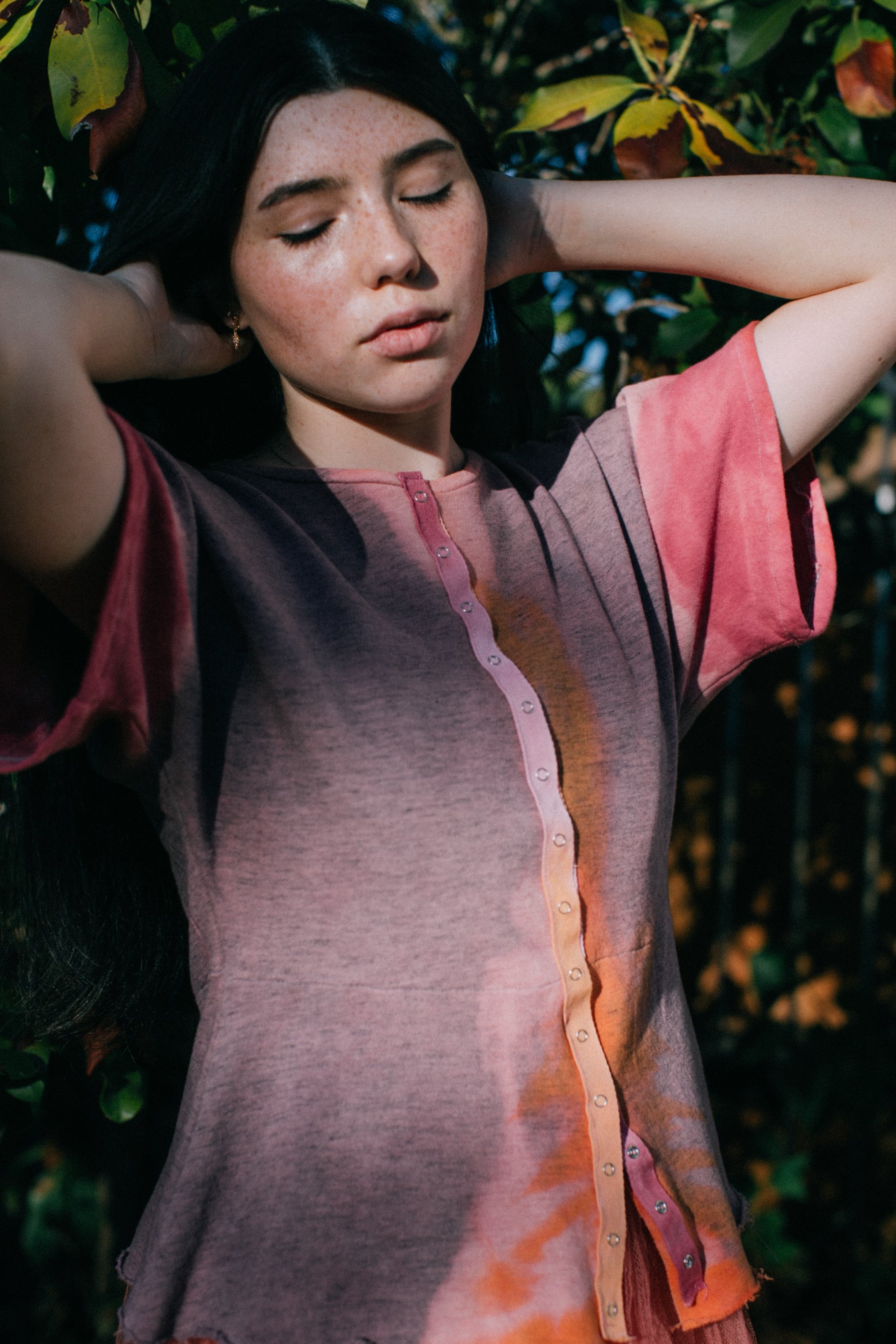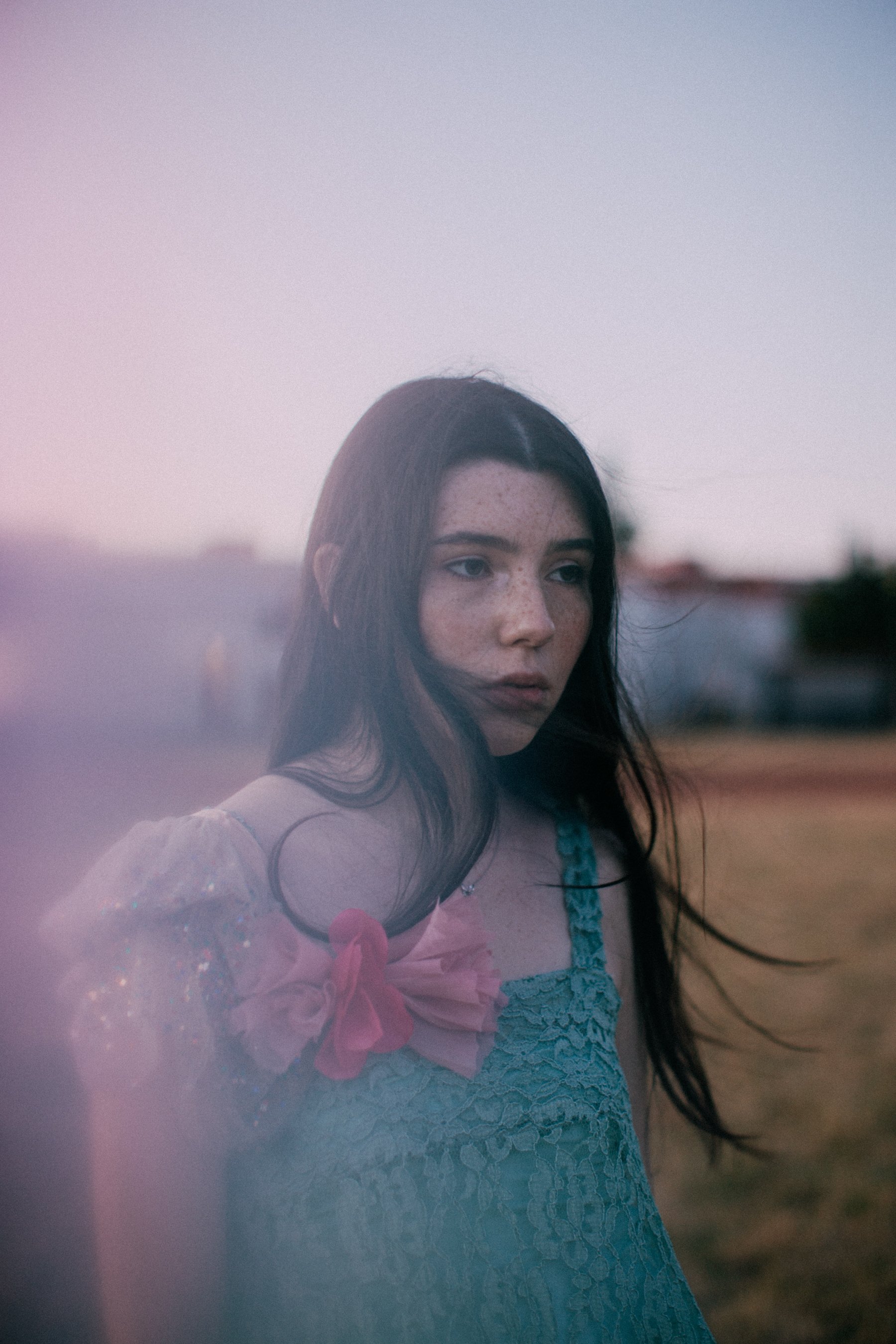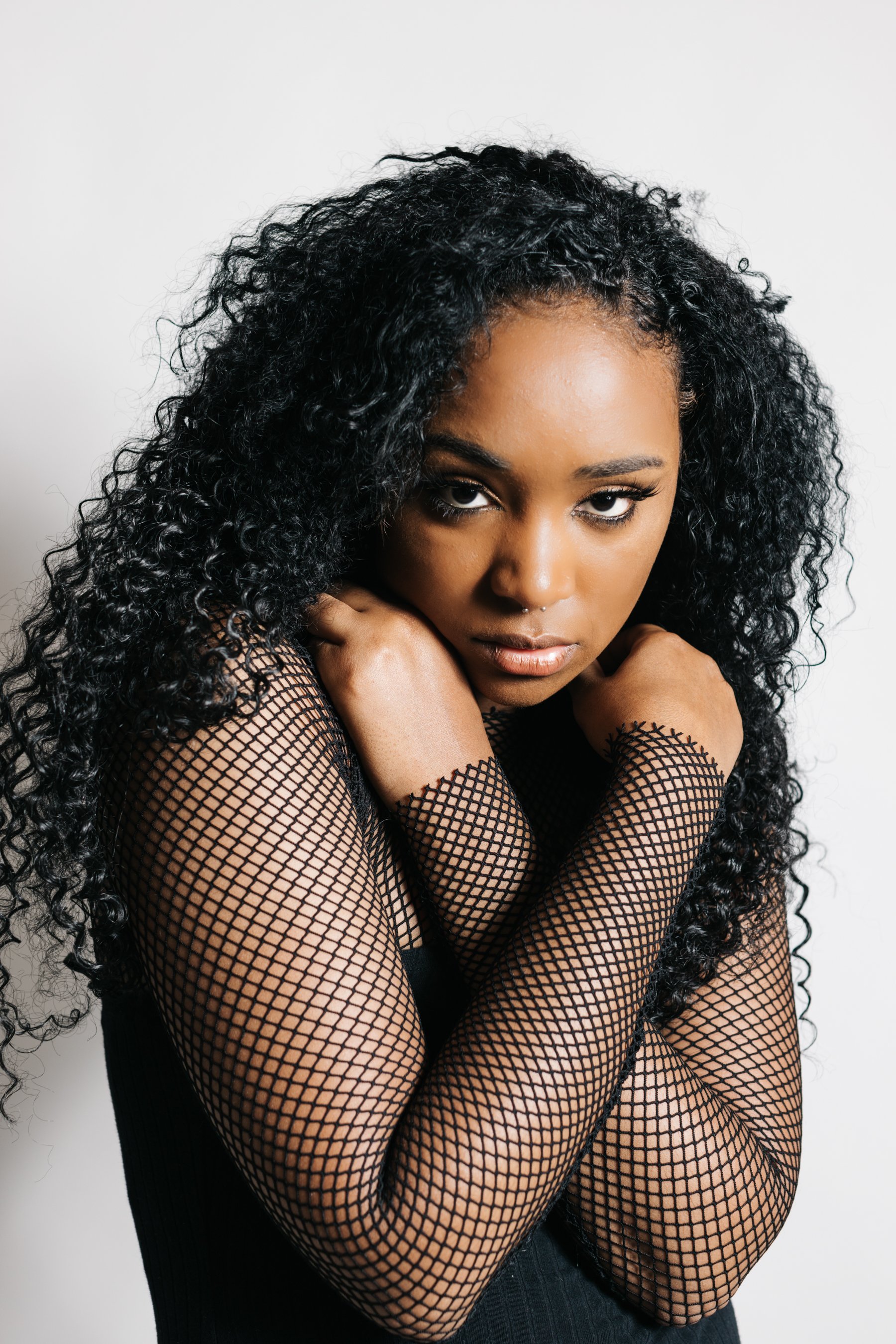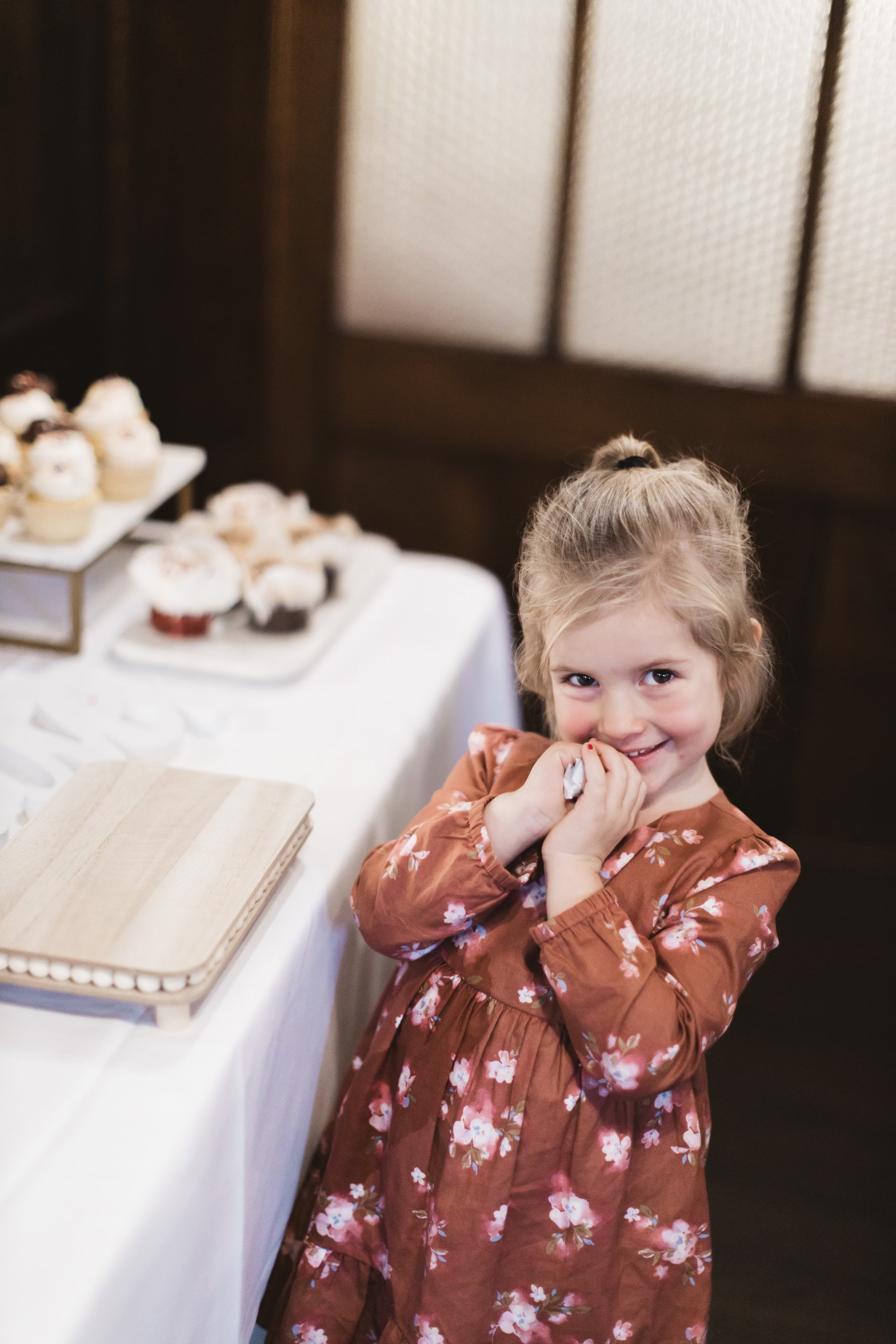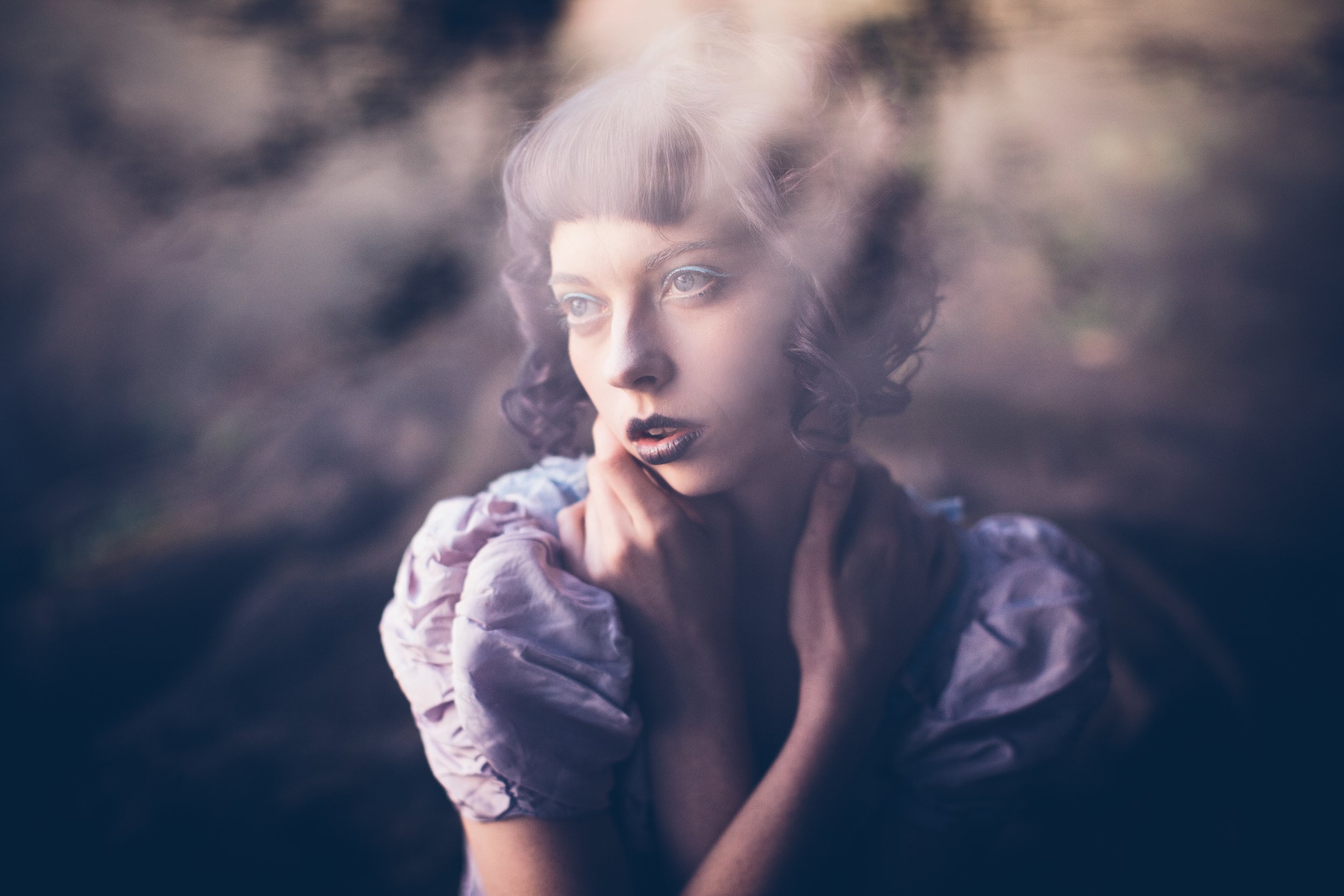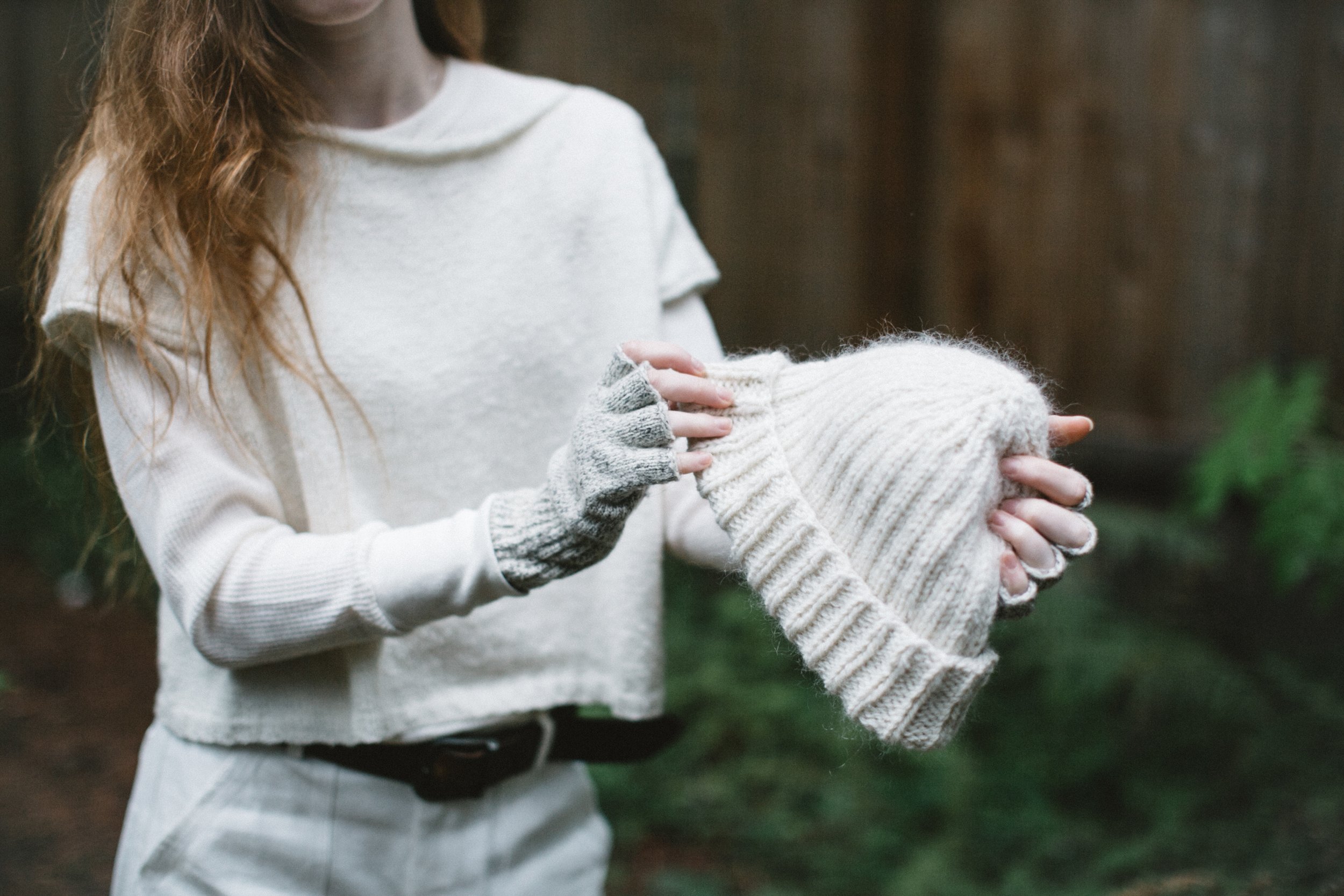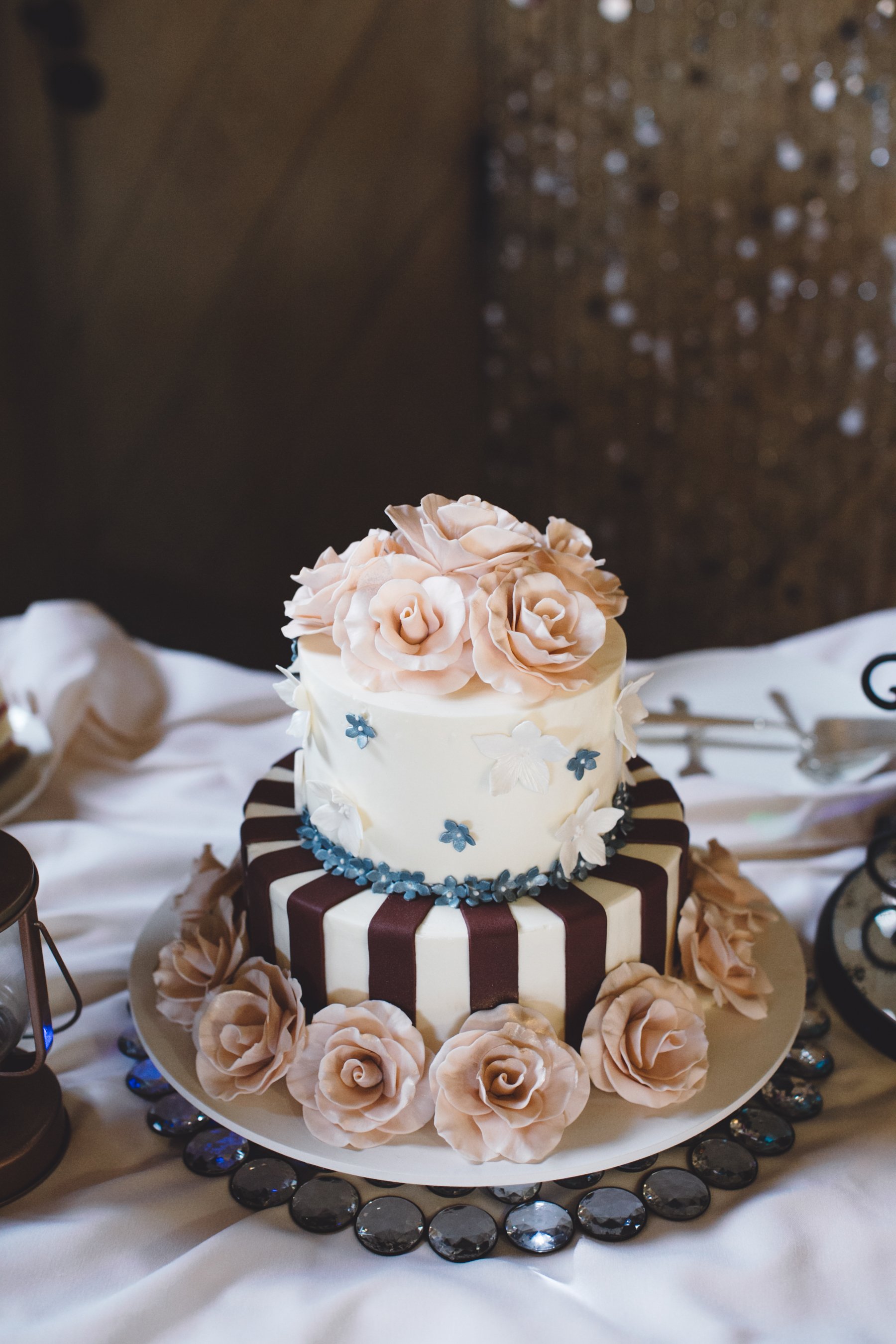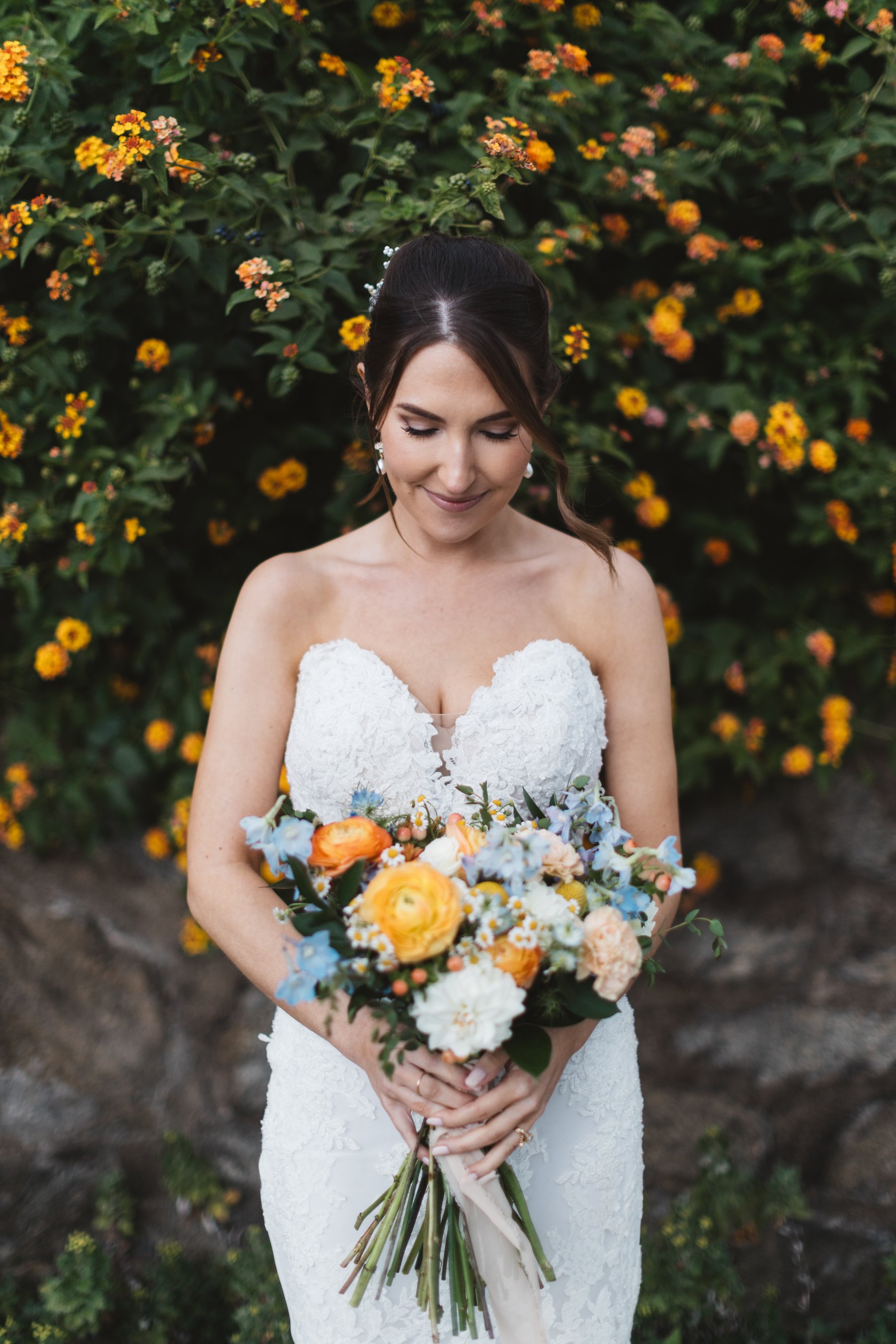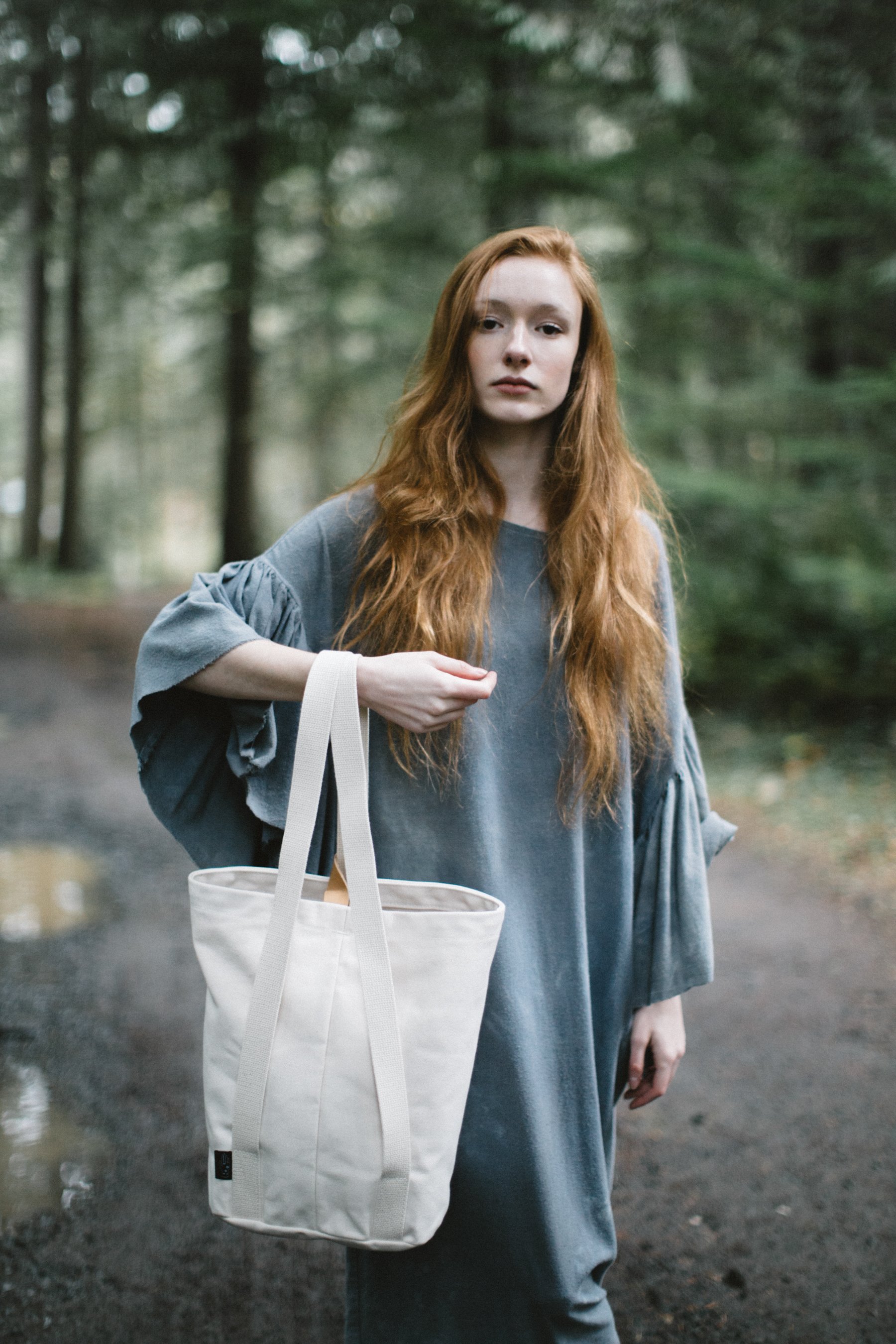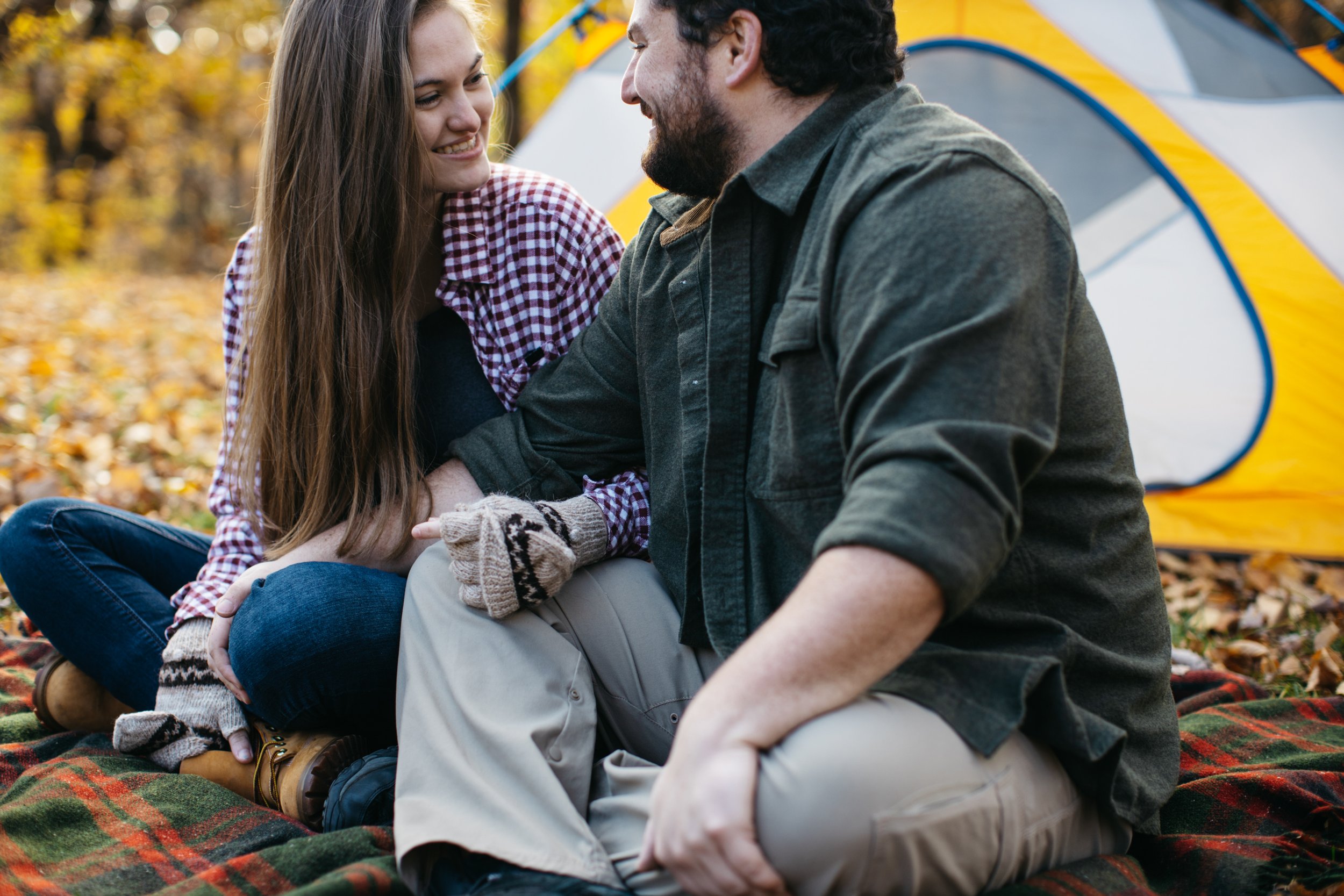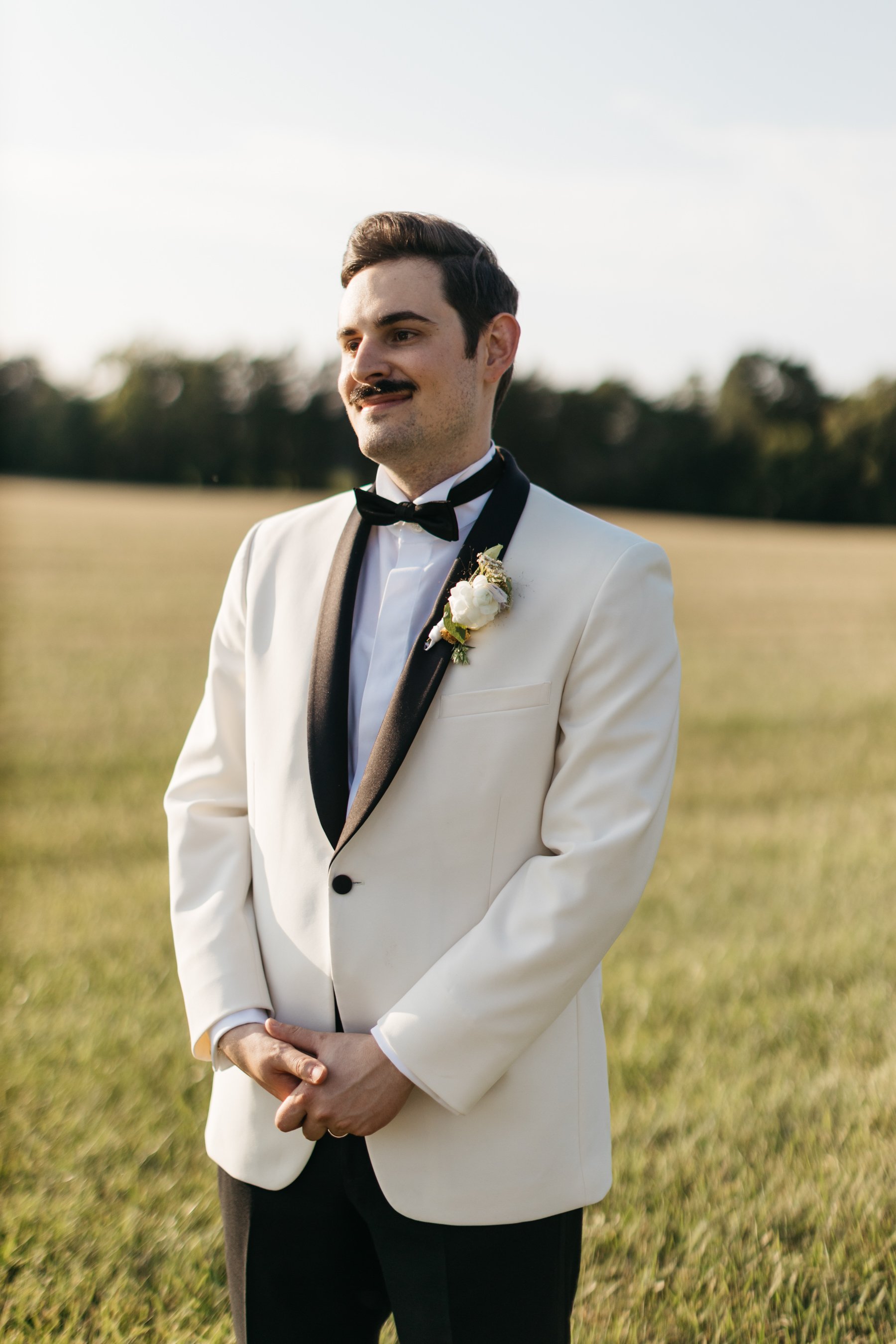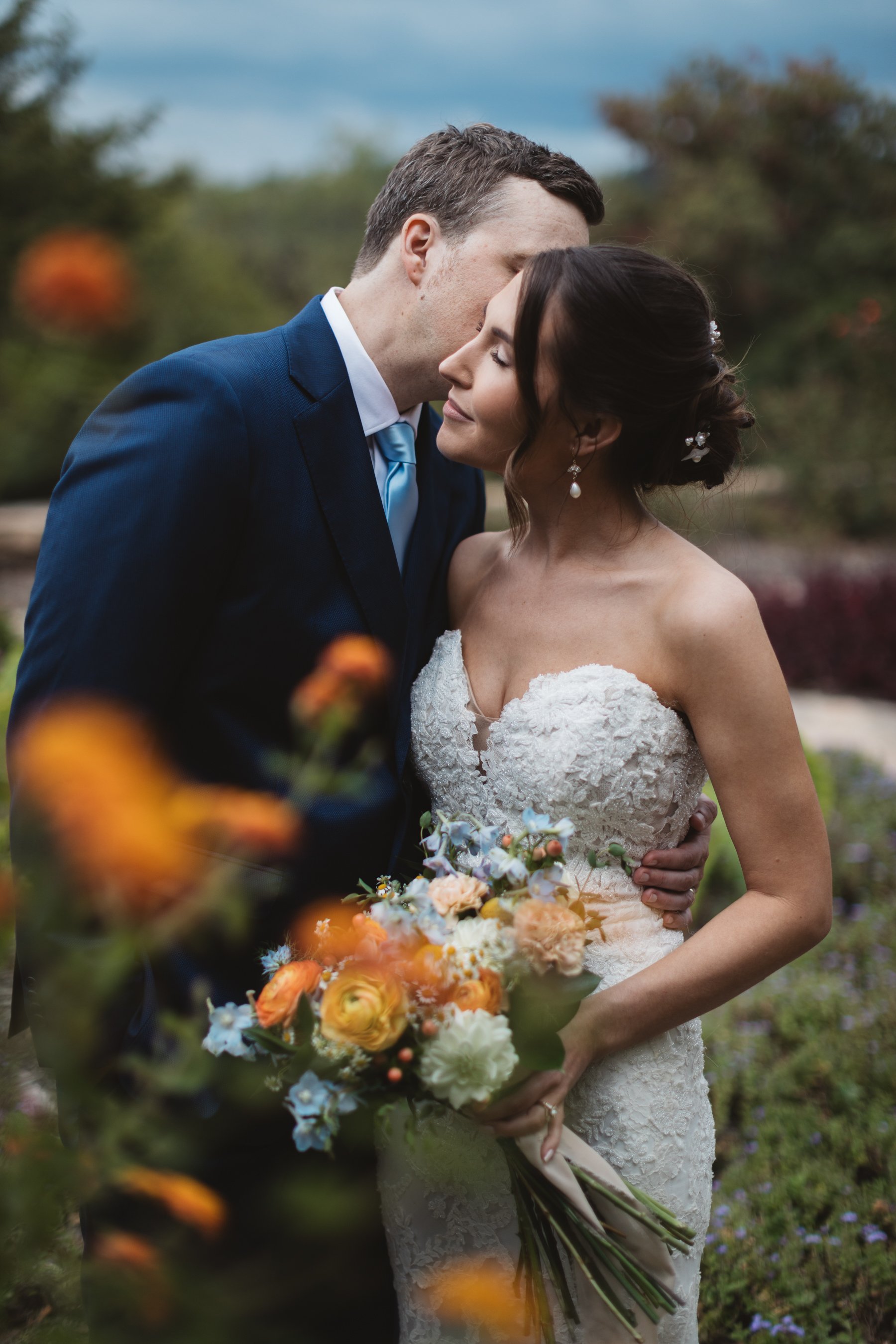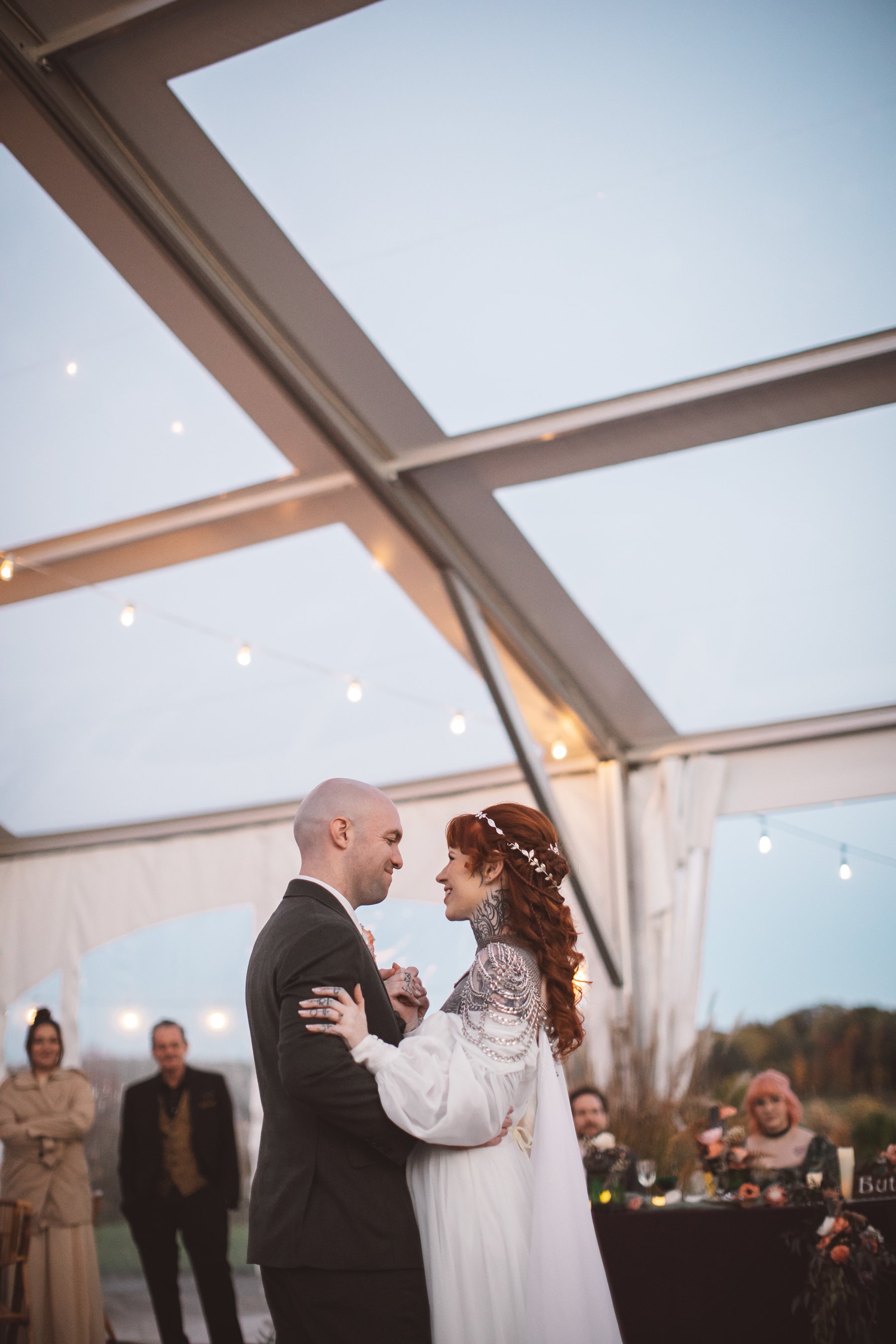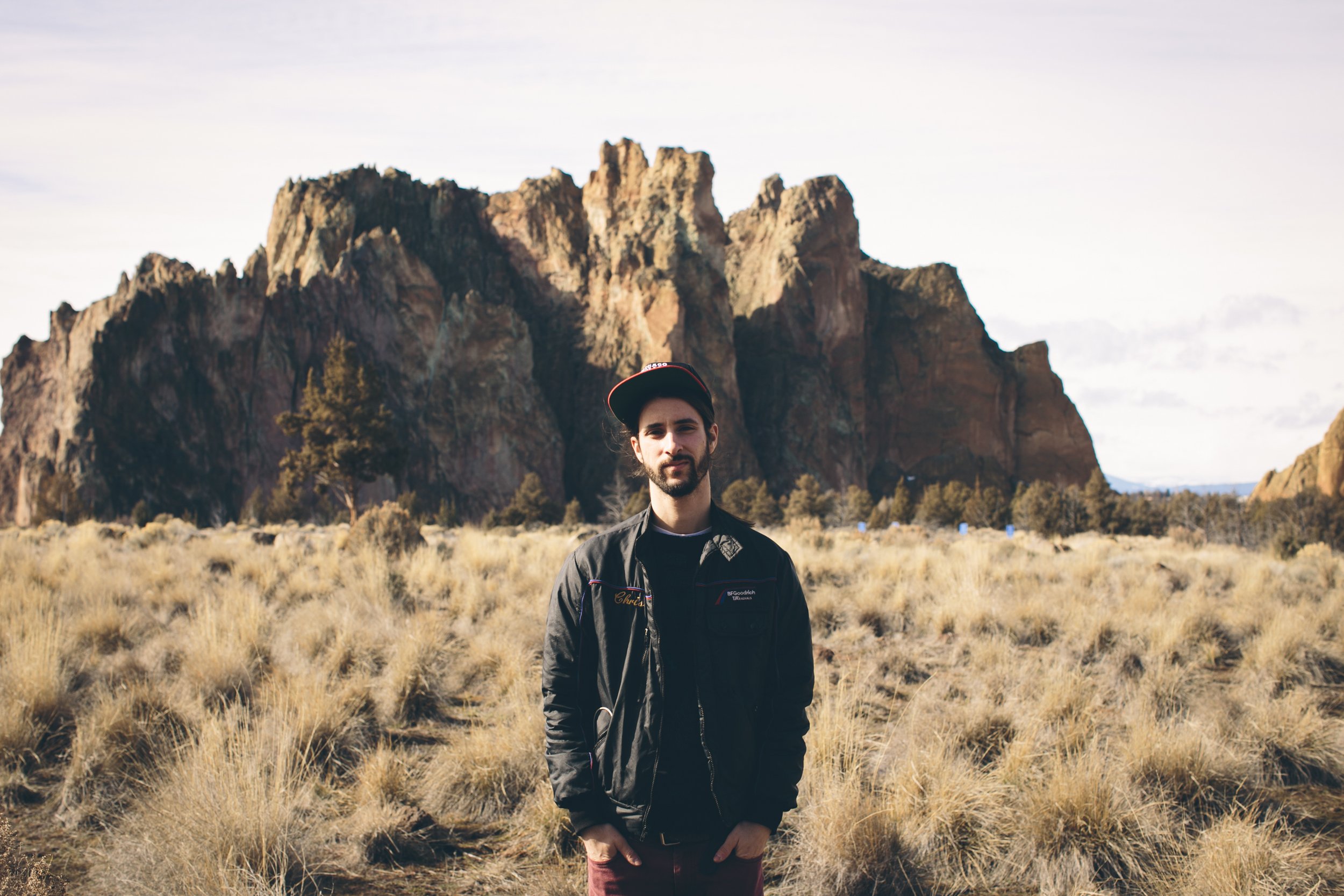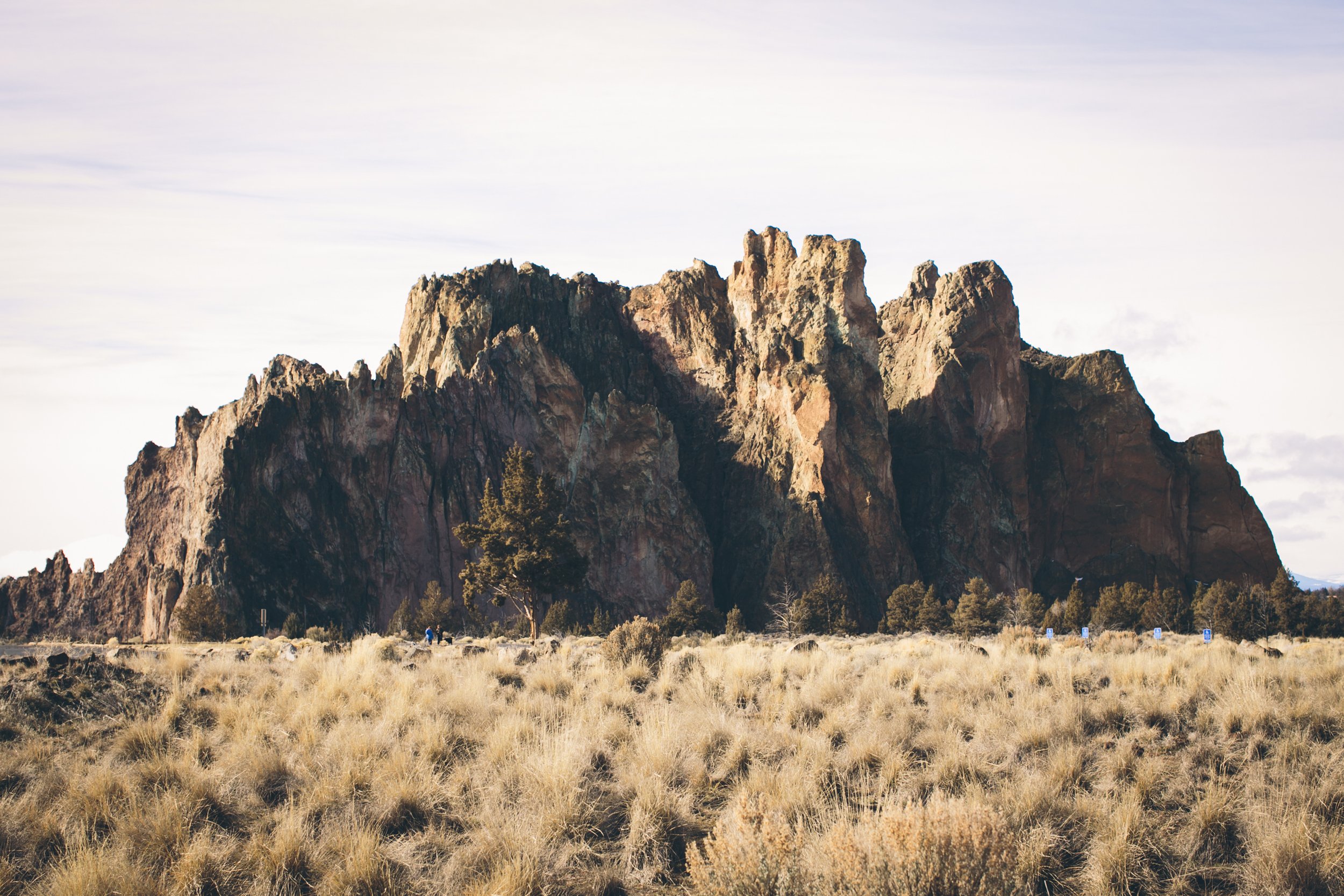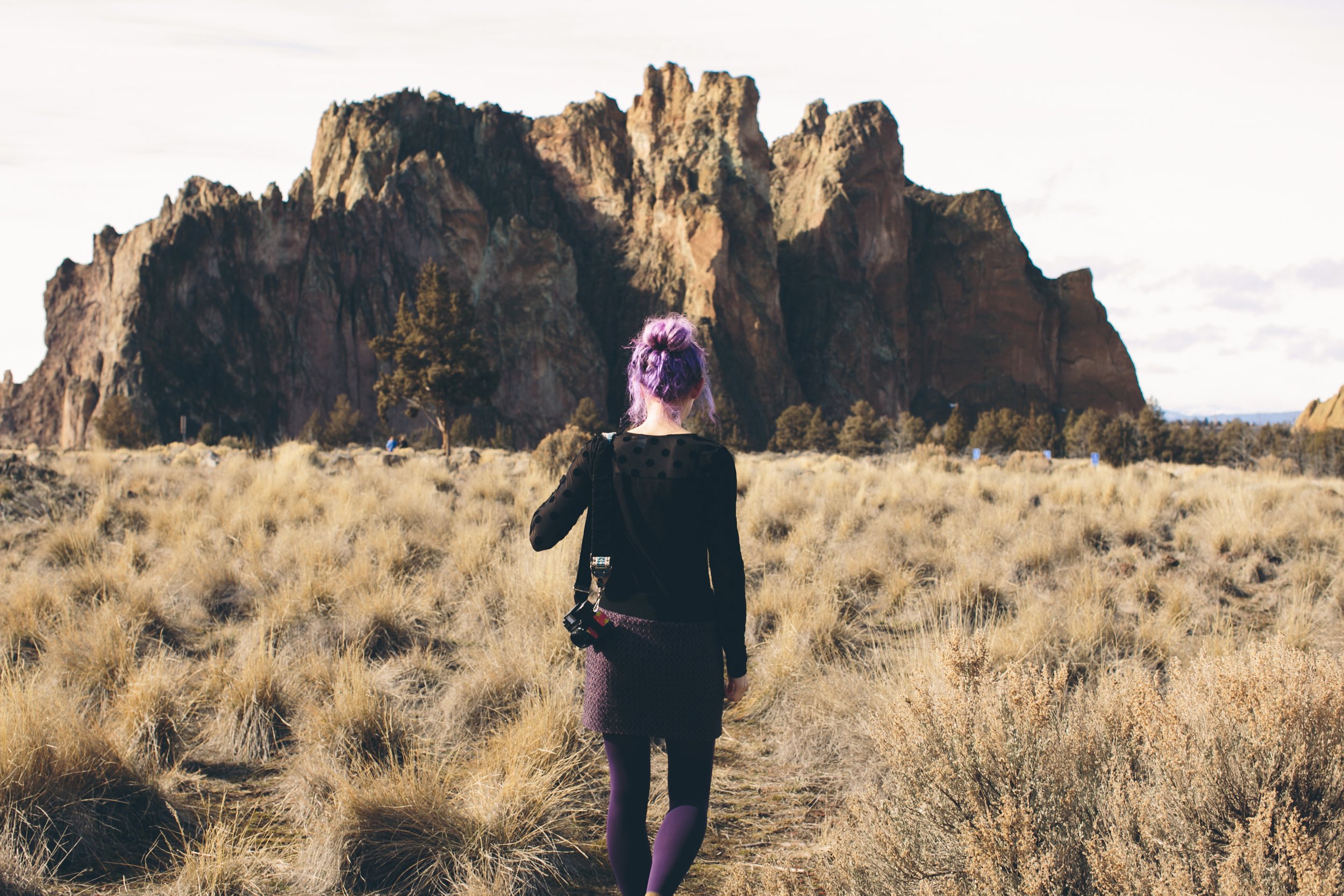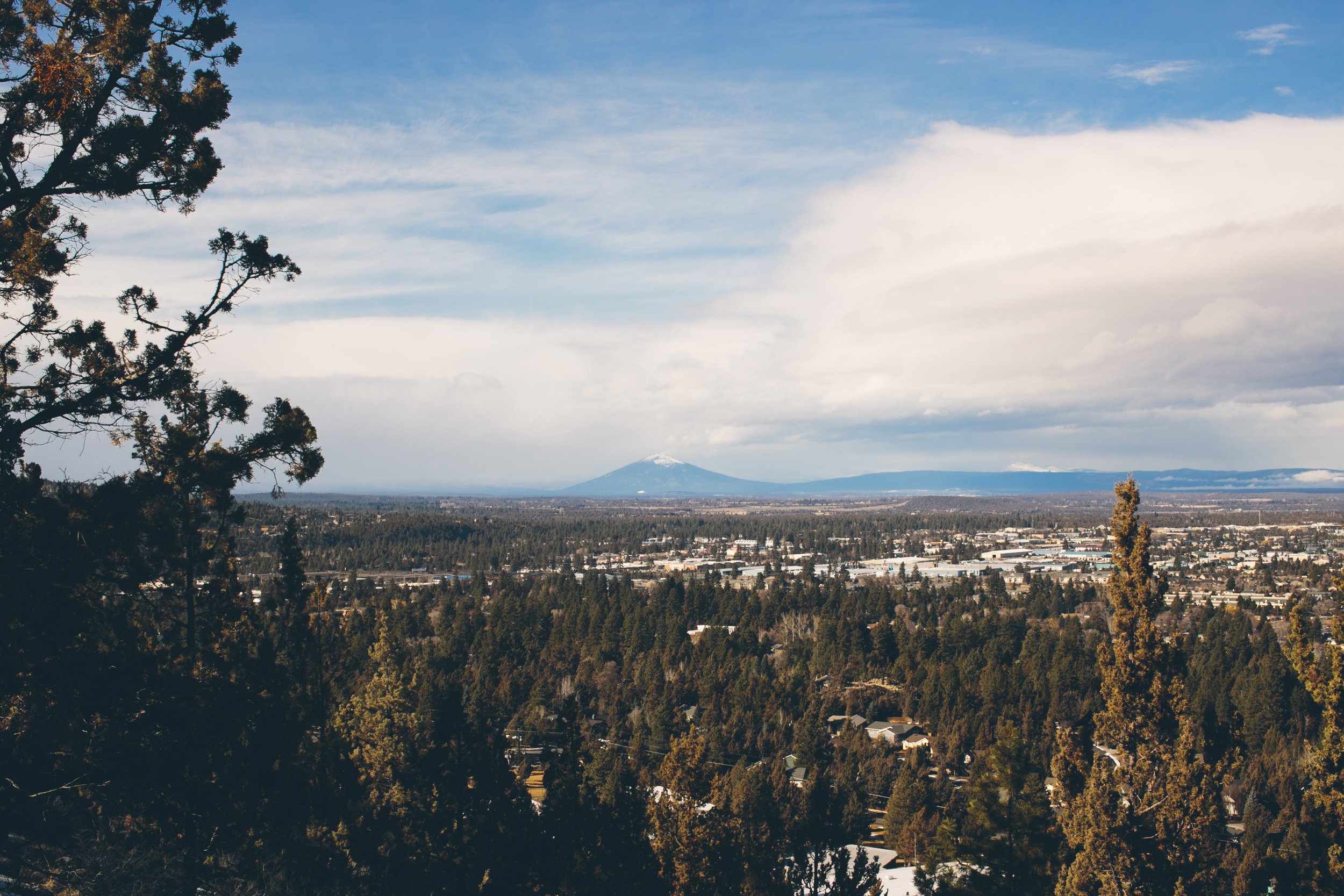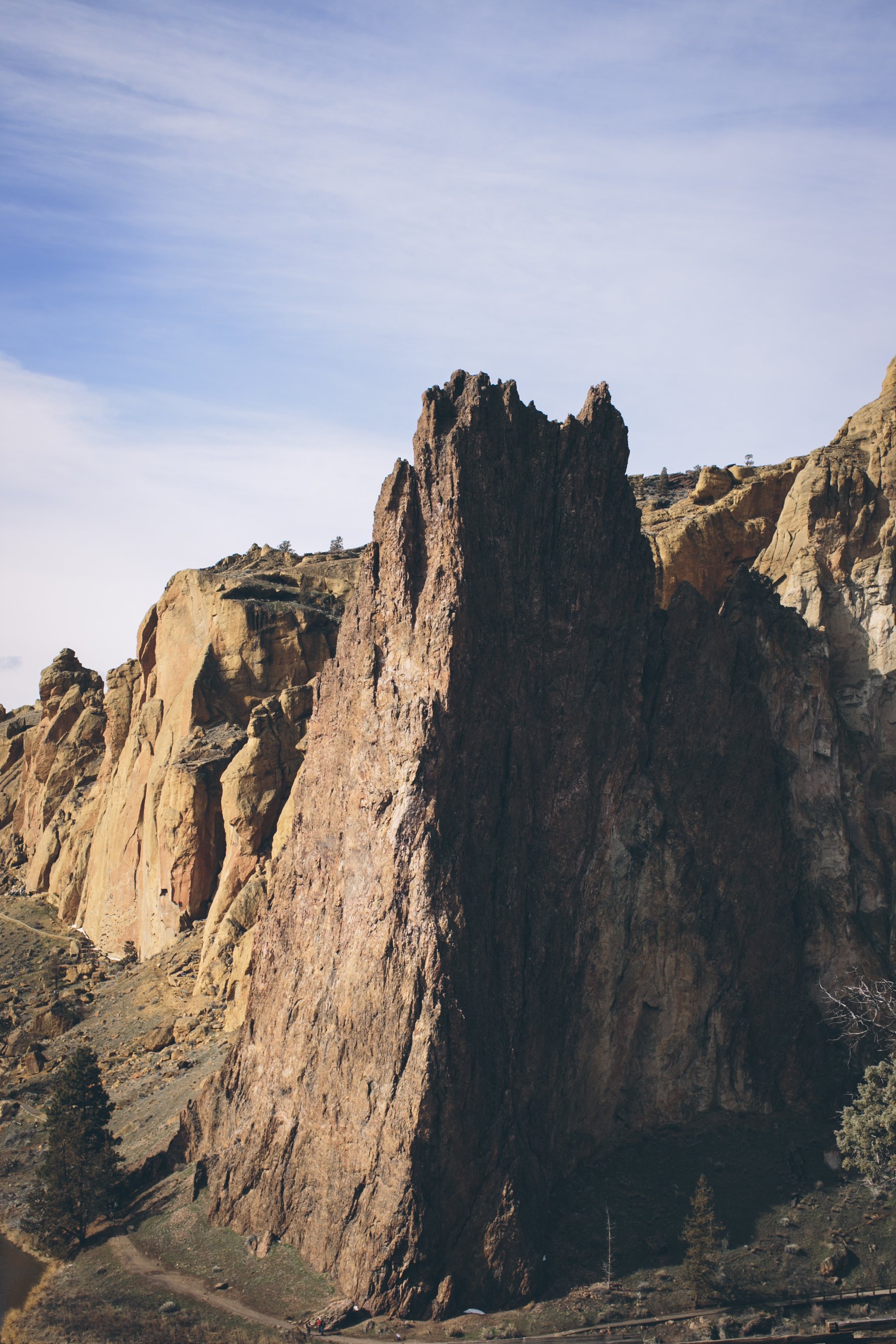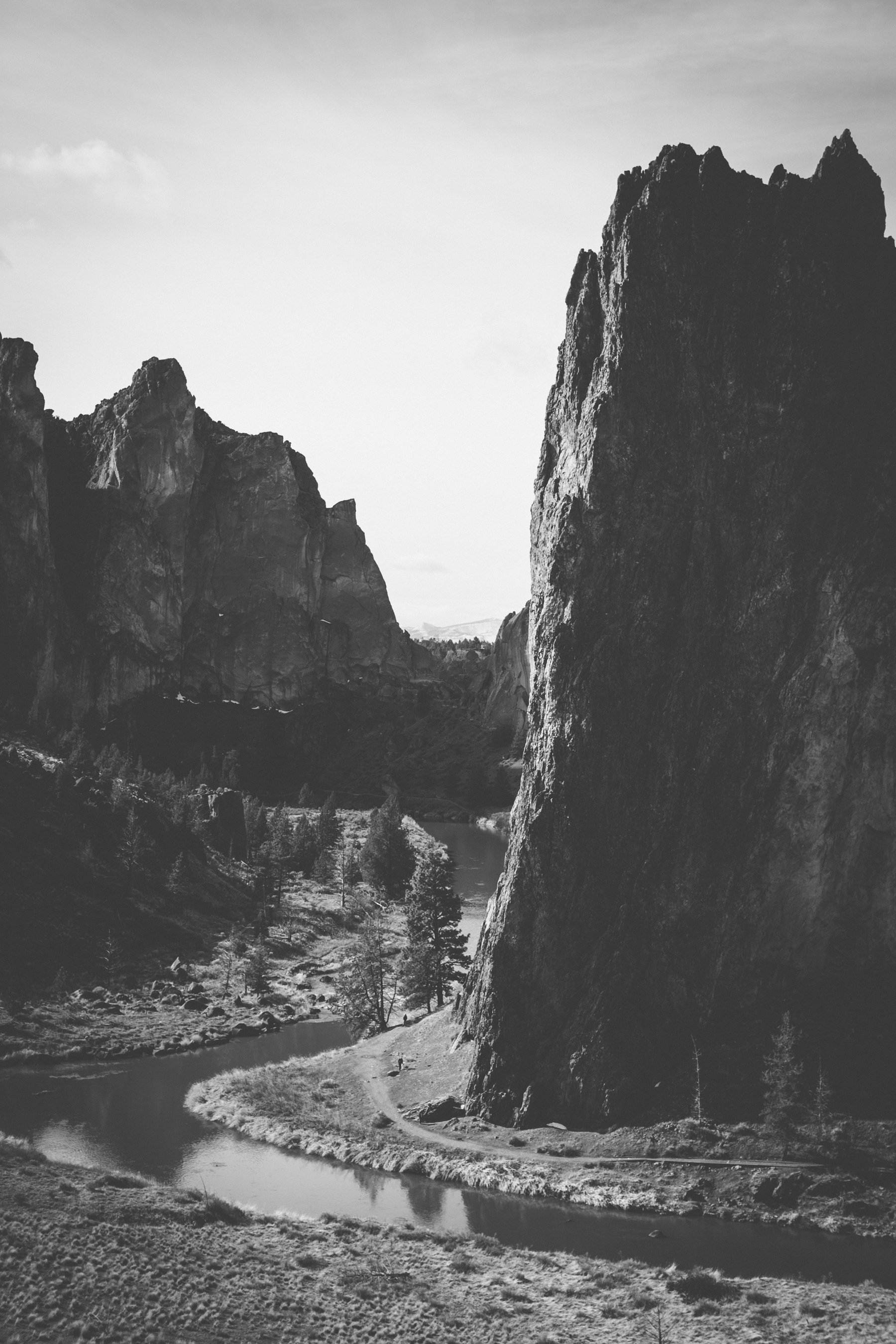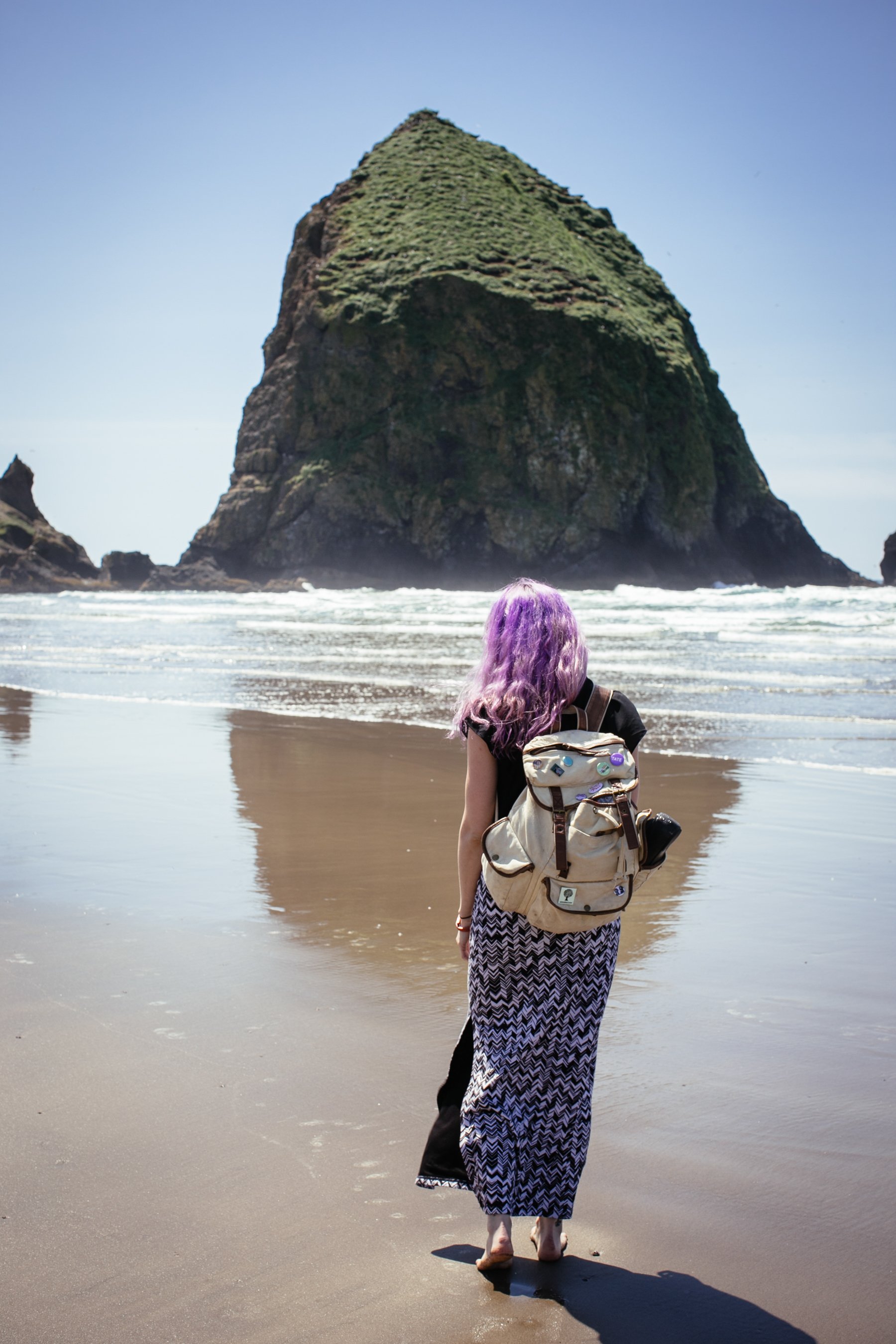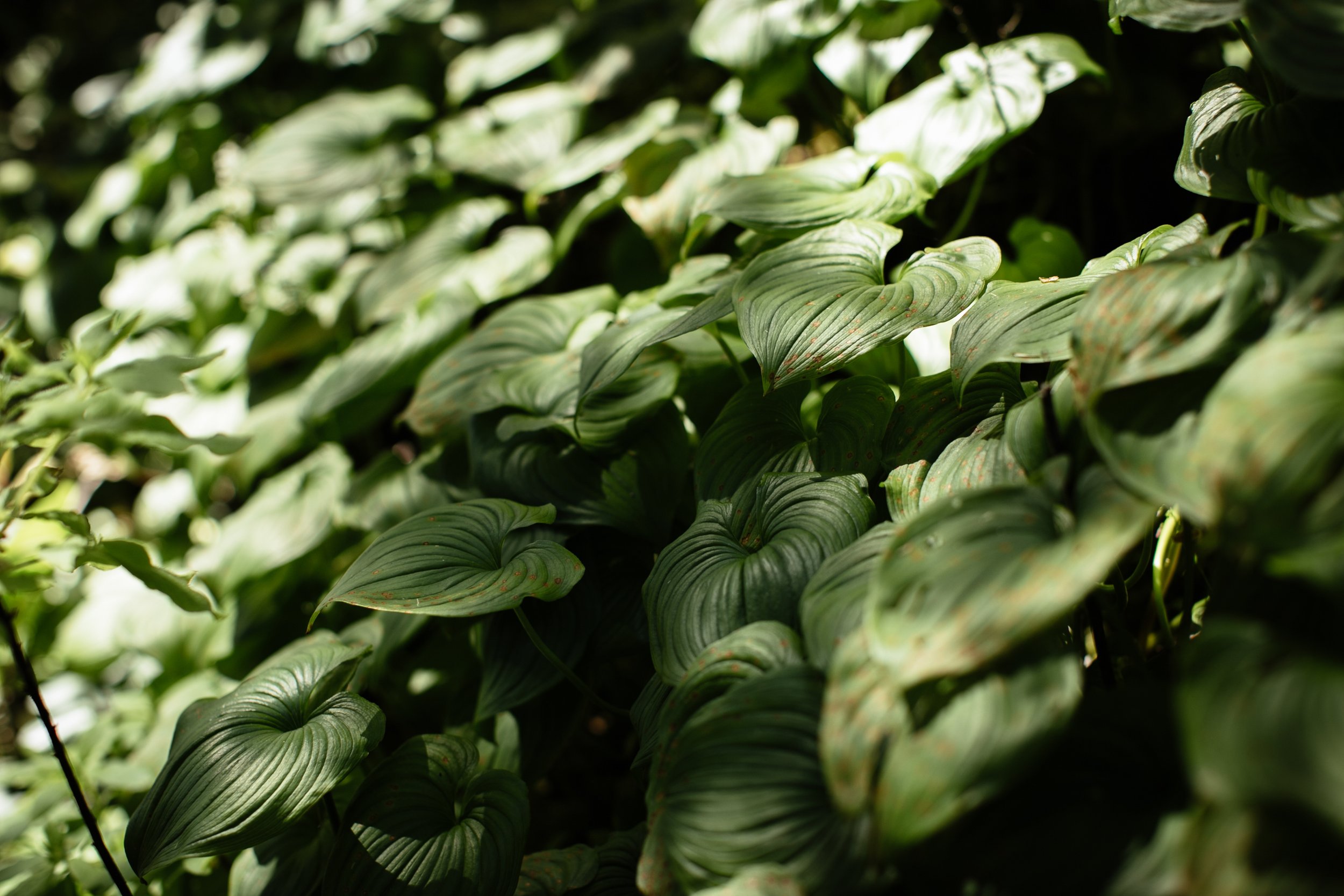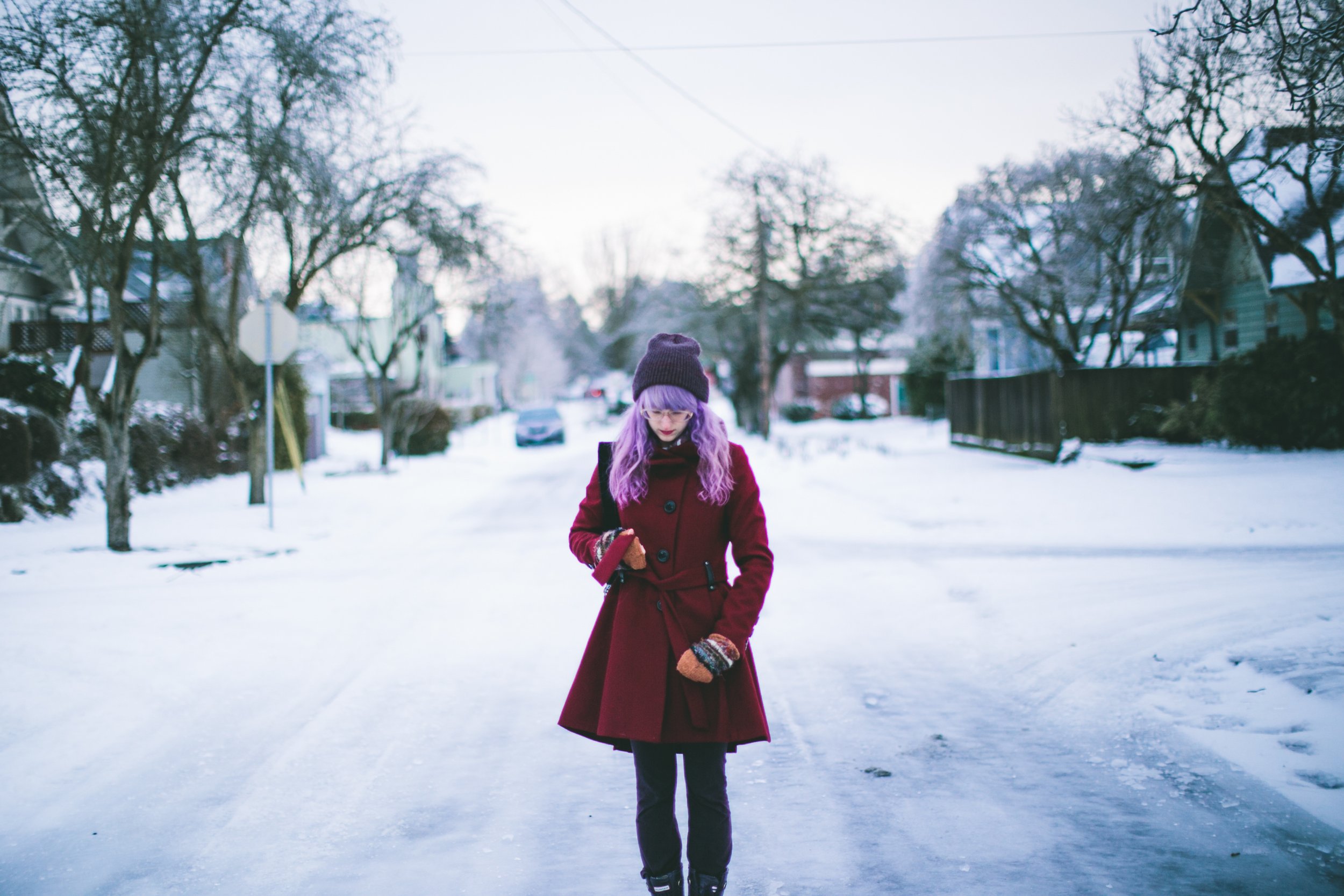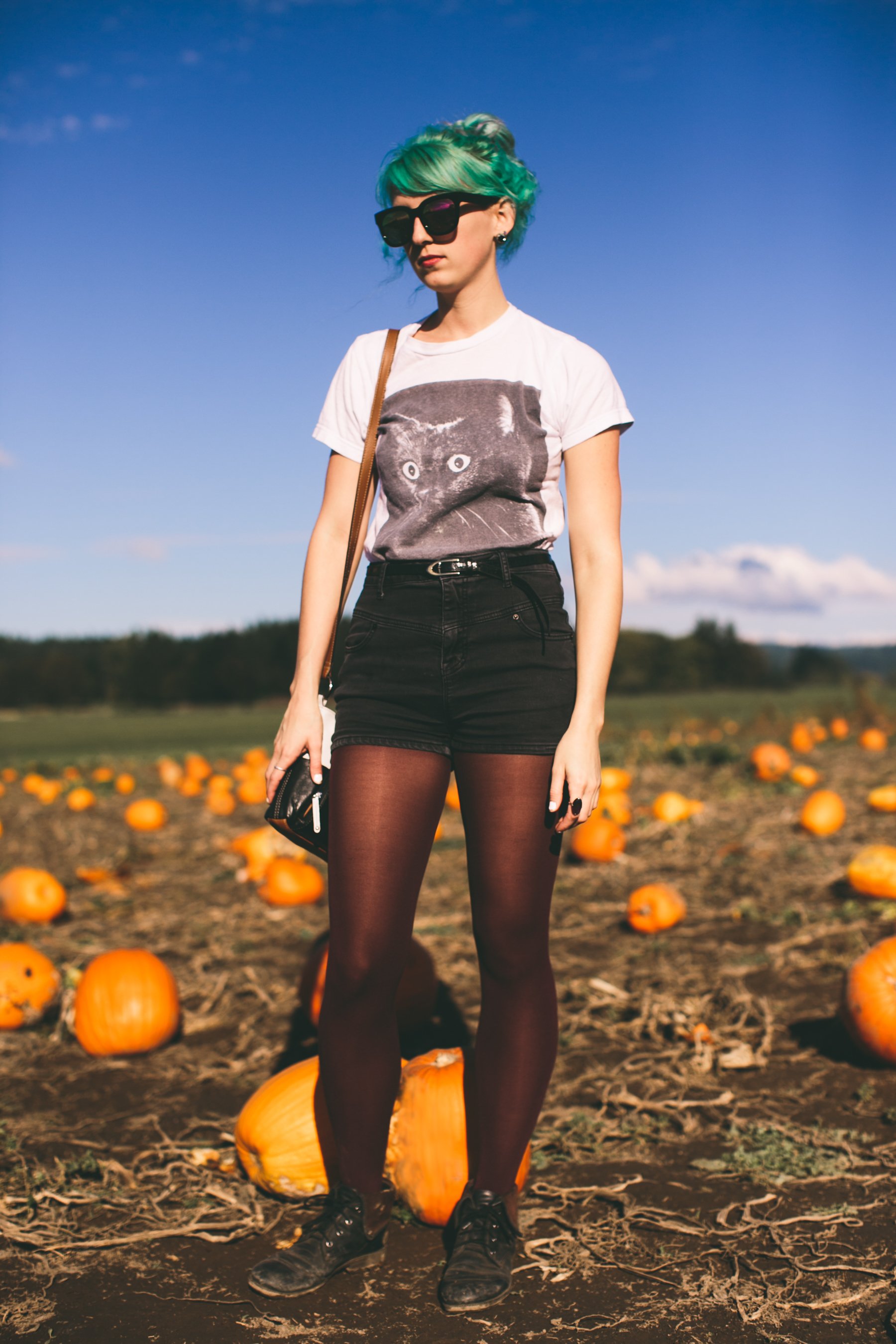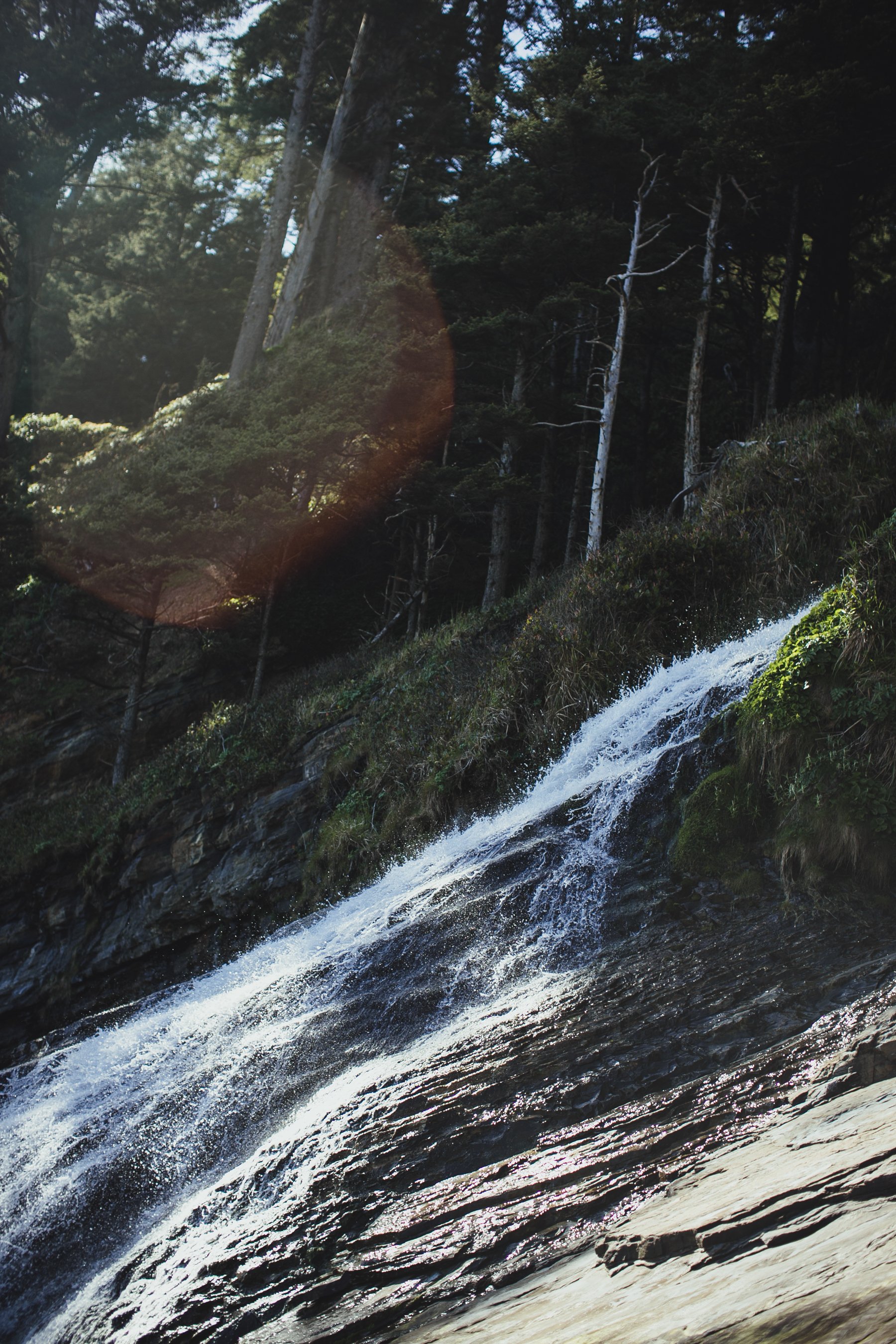Deirdre & Ian are the absolute sweetest, along with their adorable son Luka. I was thrilled when they booked me because I knew our styles would totally vibe together. A few of Deirdre’s words to describe the wedding aesthetic were “Victorian Gothic”, “spooky”, and “vintage”. Umm, yes please!
When I first visited the Bolling Haxall House to scope out the location before the wedding, I was honestly stunned by the details and the magic of the interior. Their wedding was December 16th, so the venue was a unique blend of holiday magic and ornate design. It felt like a scene straight out of A Christmas Carol. There was a haunting moodiness that blended together perfectly with Deirdre’s love for darker elements. Deirdre is actually a good friend of my sister and I’ve always known her to be a talented and creative artist and person. I’m honored that they chose me to be a part of their wedding day. I just sent off quite a few film rolls from their wedding to get developed and I can’t wait to see how they turned out! In the meantime, below is a blend of digital photography and polaroids from their wedding day.
I can’t believe it’s already 2025 and that I’m almost fully booked up for this year, and already booking for 2026! I’m only taking a few more 2025 weddings so make sure to tell your recently engaged friends and family members. :) They can contact me here! And if they’re looking for a wedding DJ as well, my husband and I offer a discounted package if we’re booked together. You can find out more about his business, Melody Mouse Media, here!
Happy New Year!
<3 Myles Katherine













